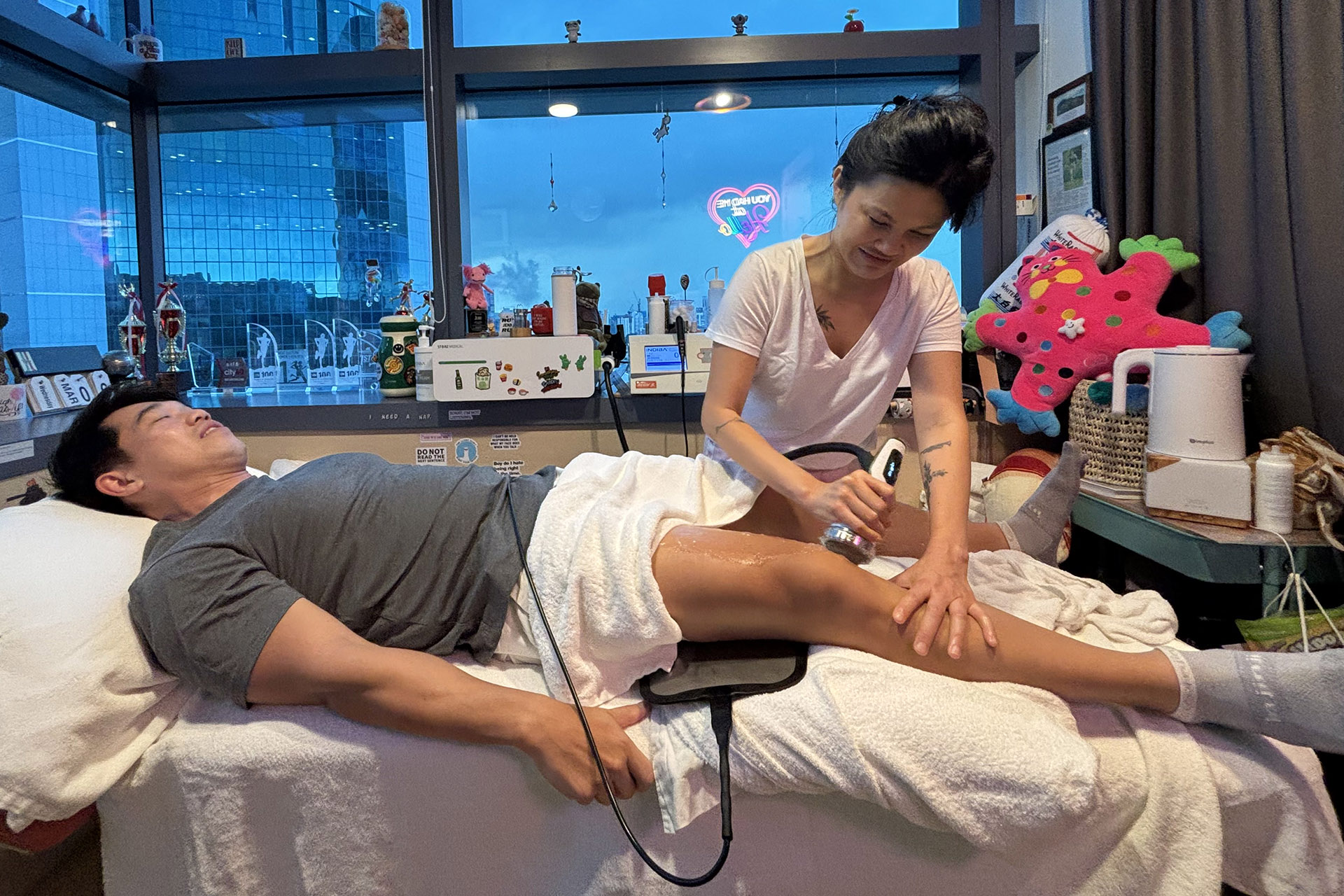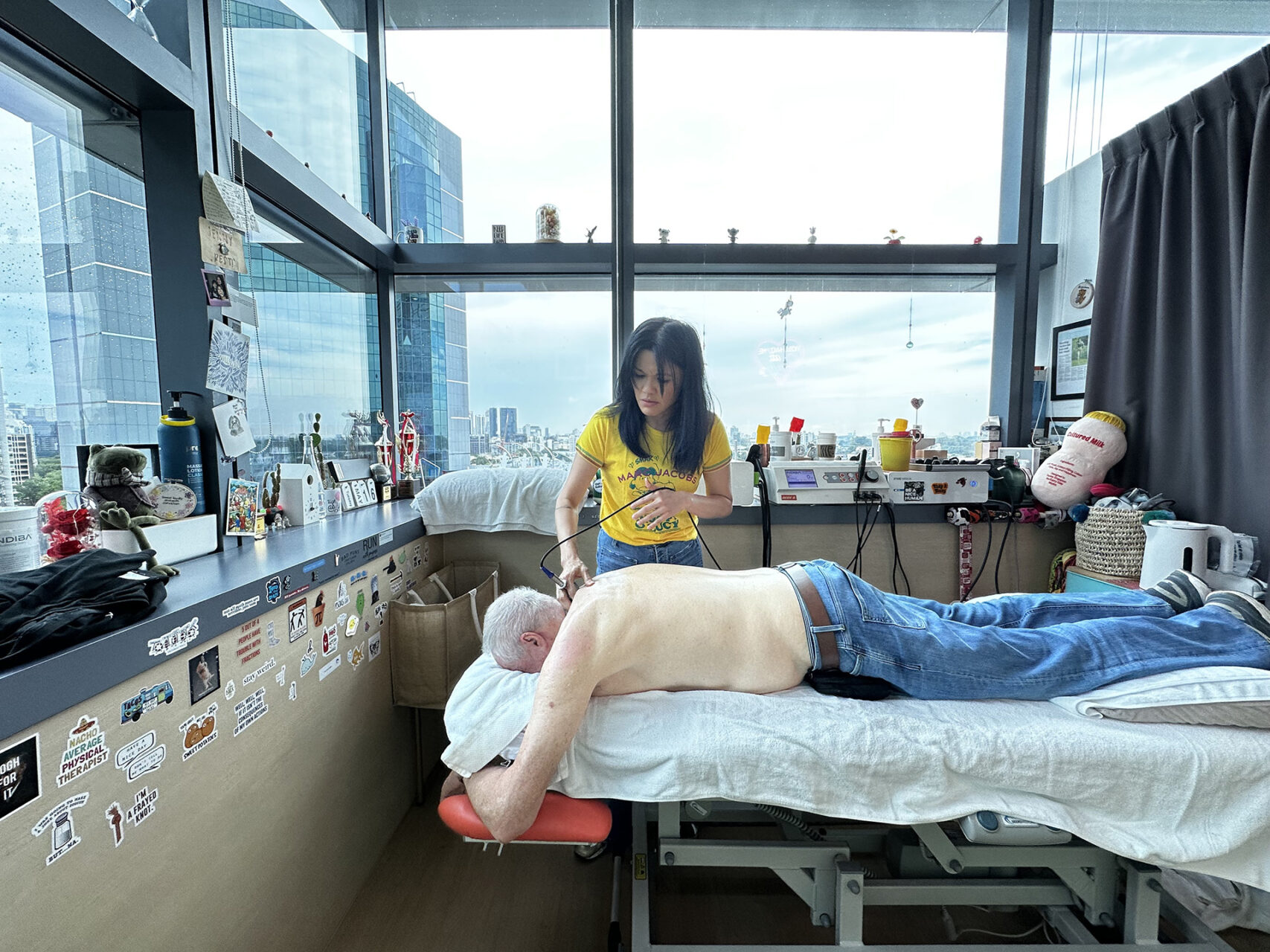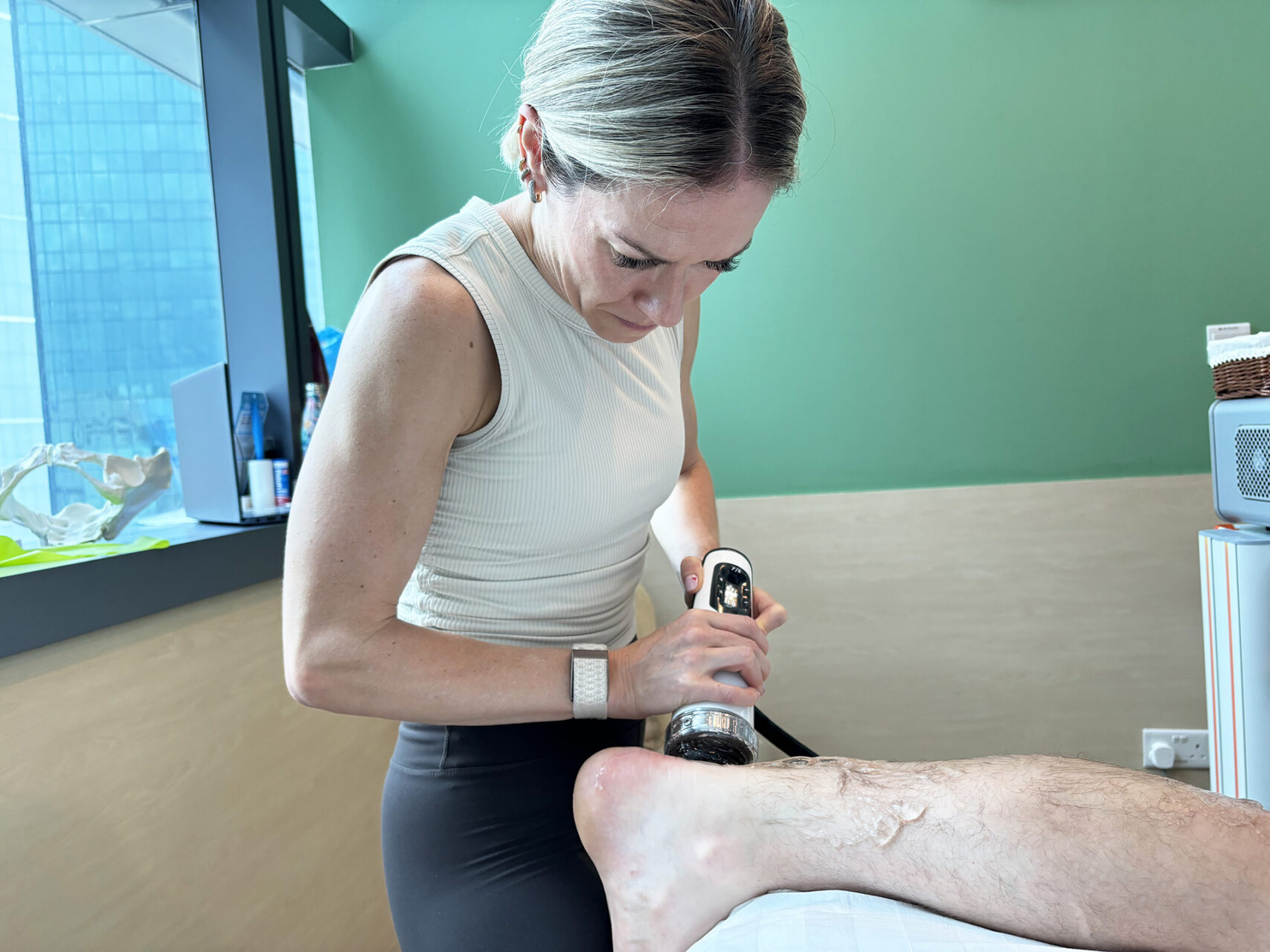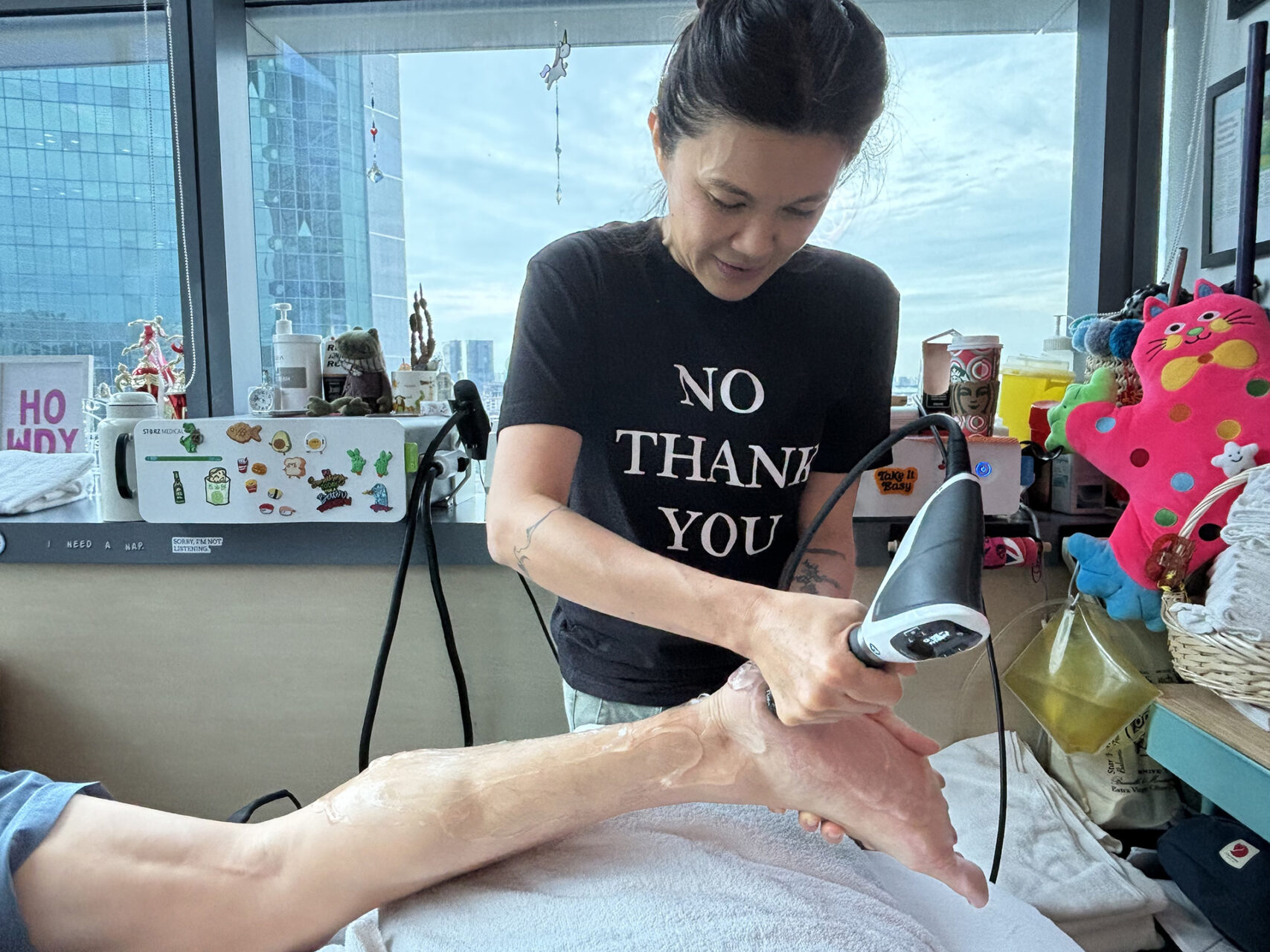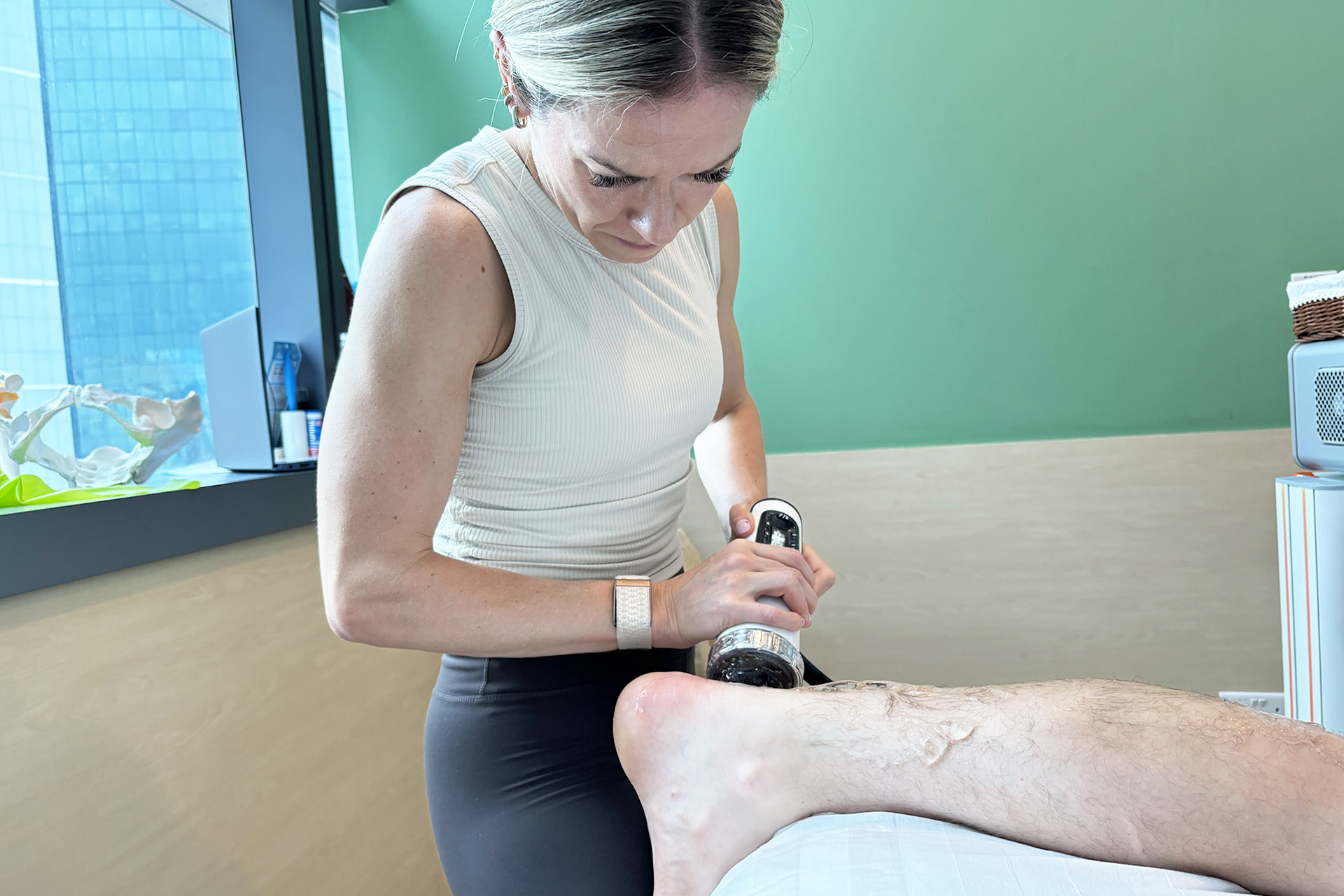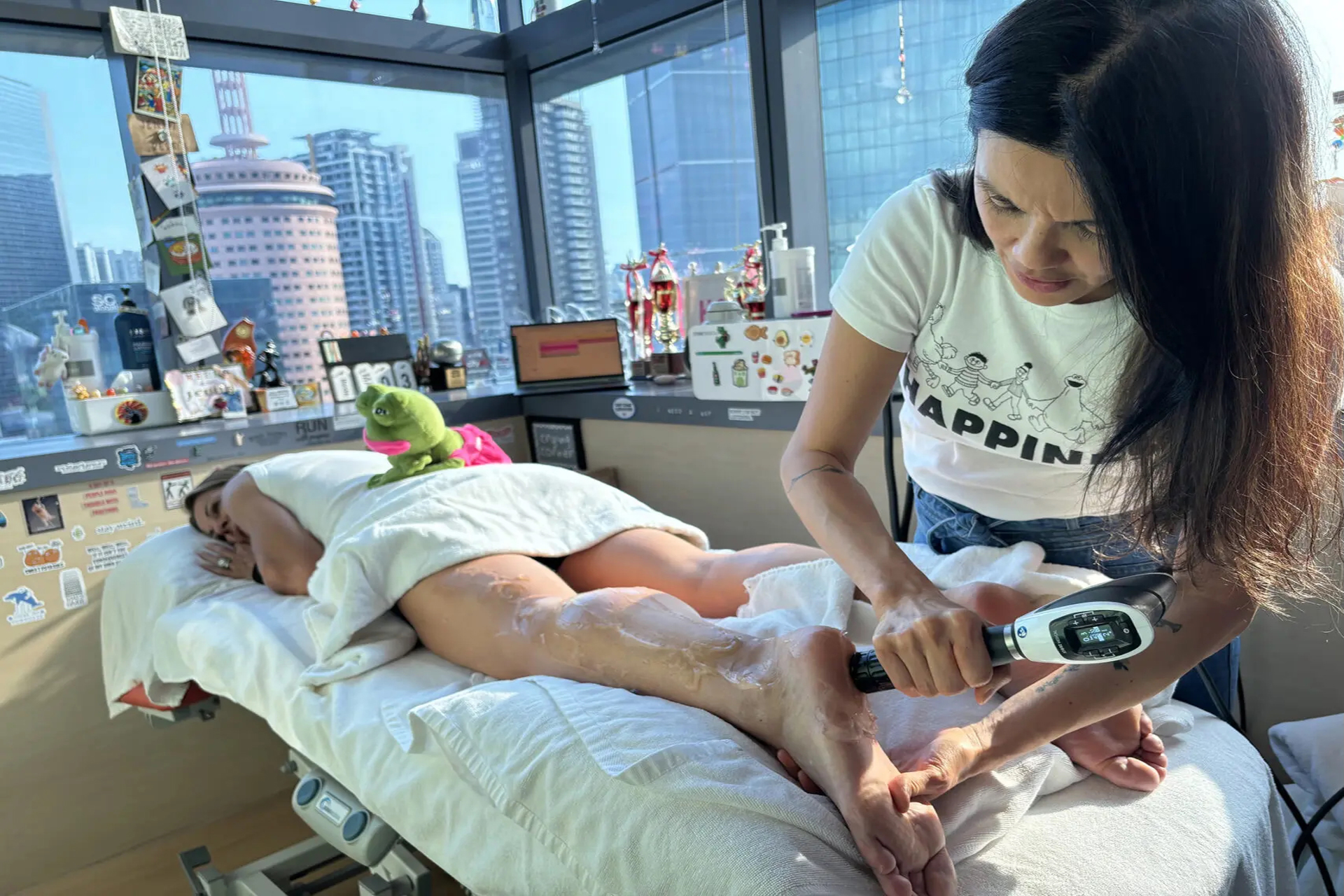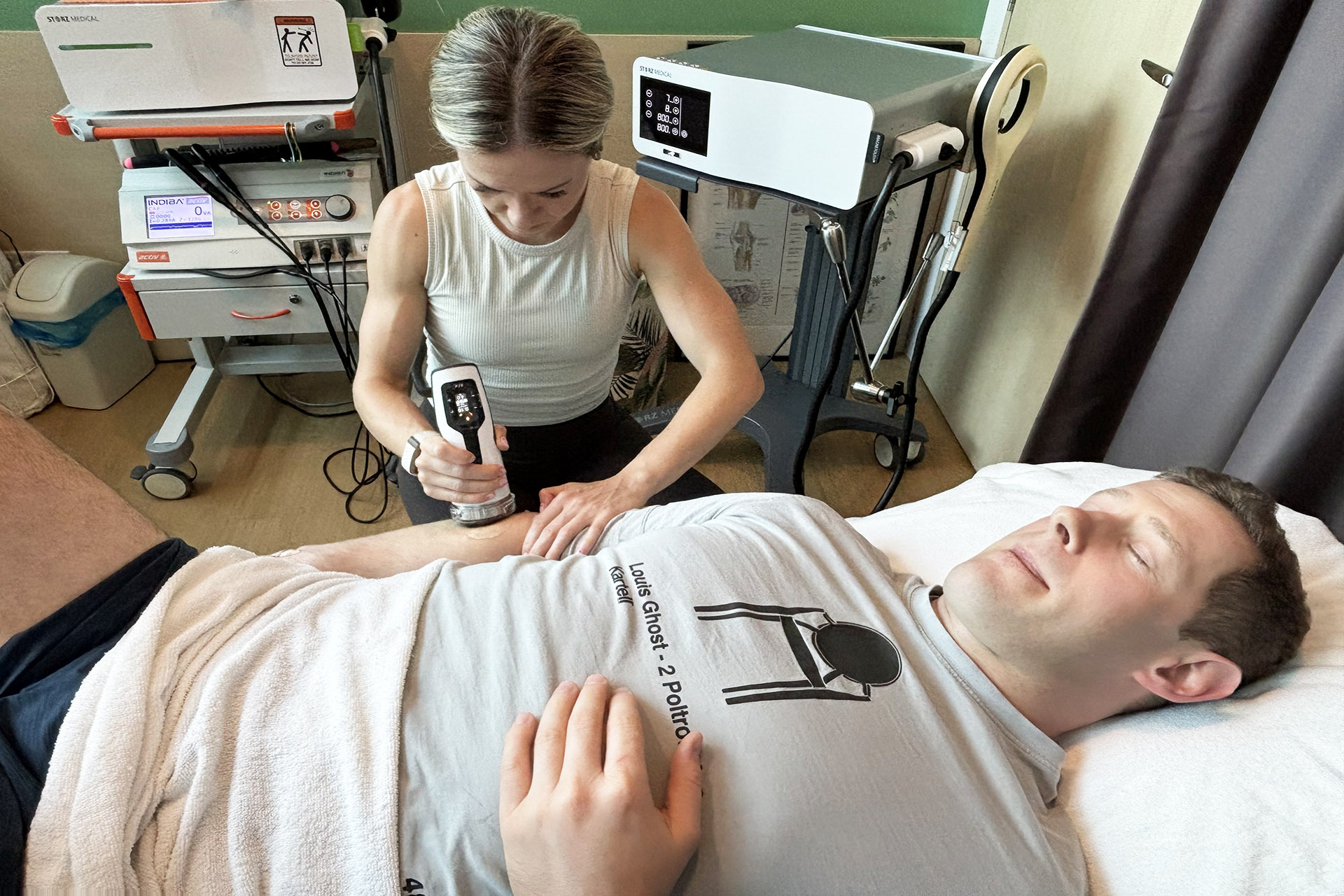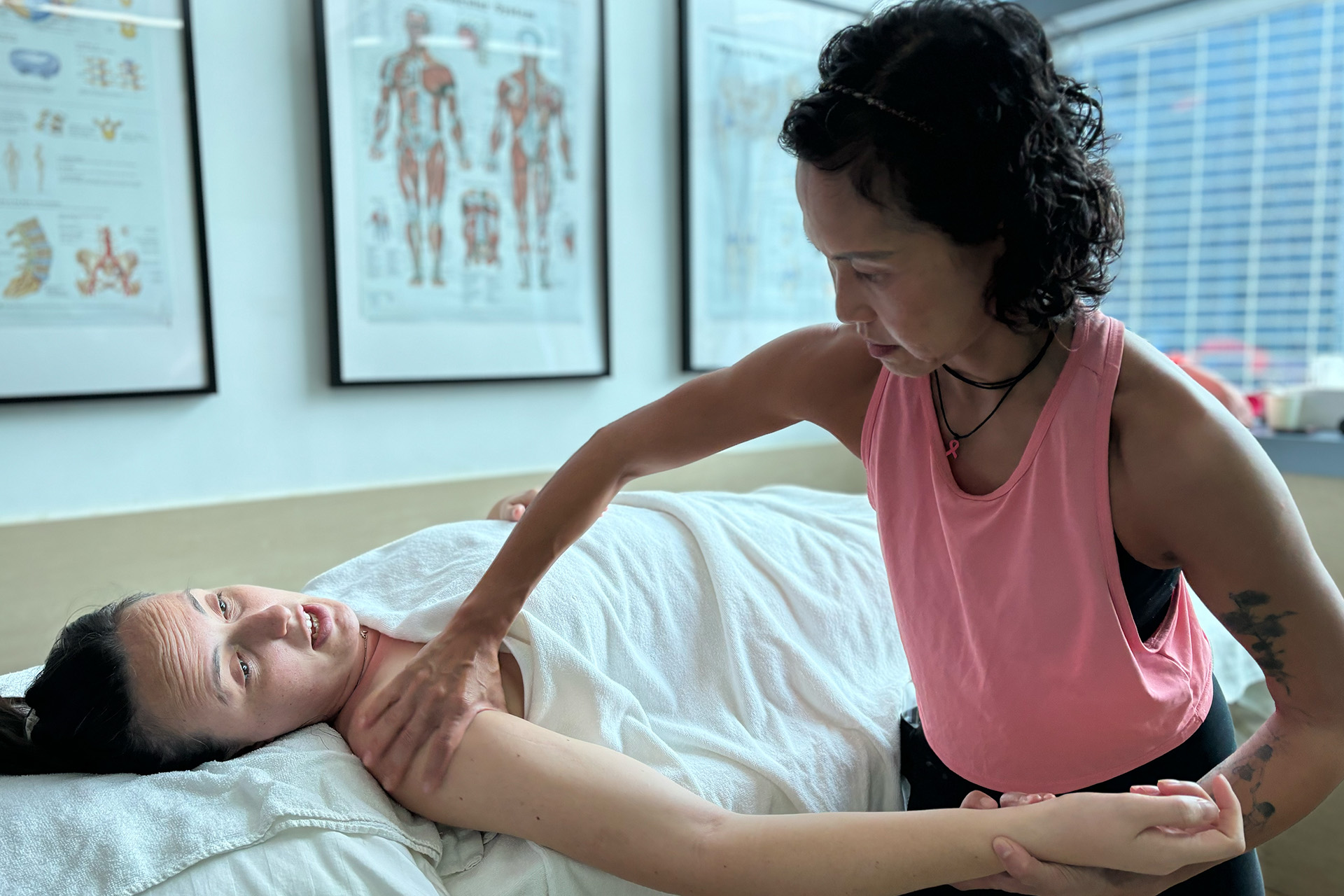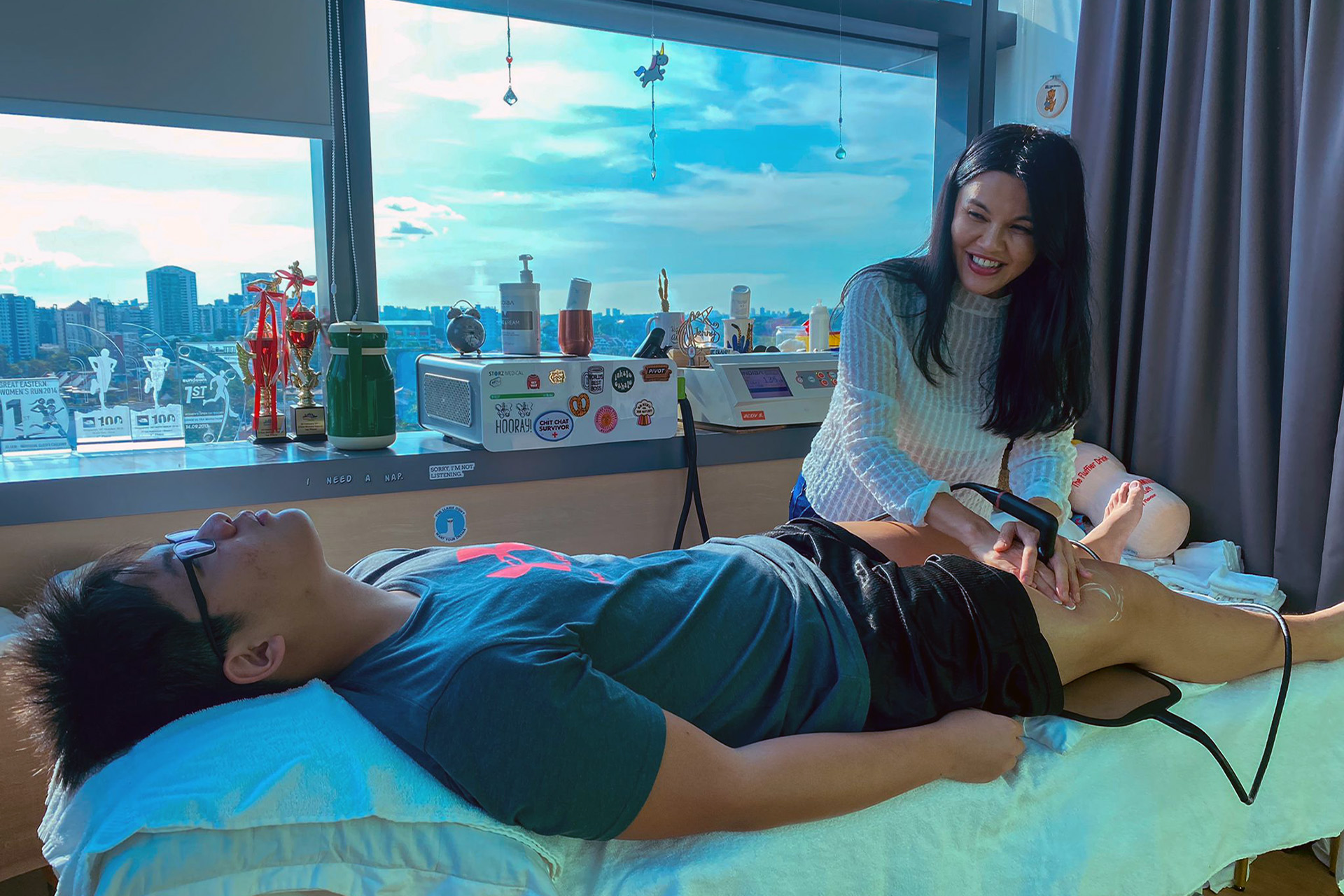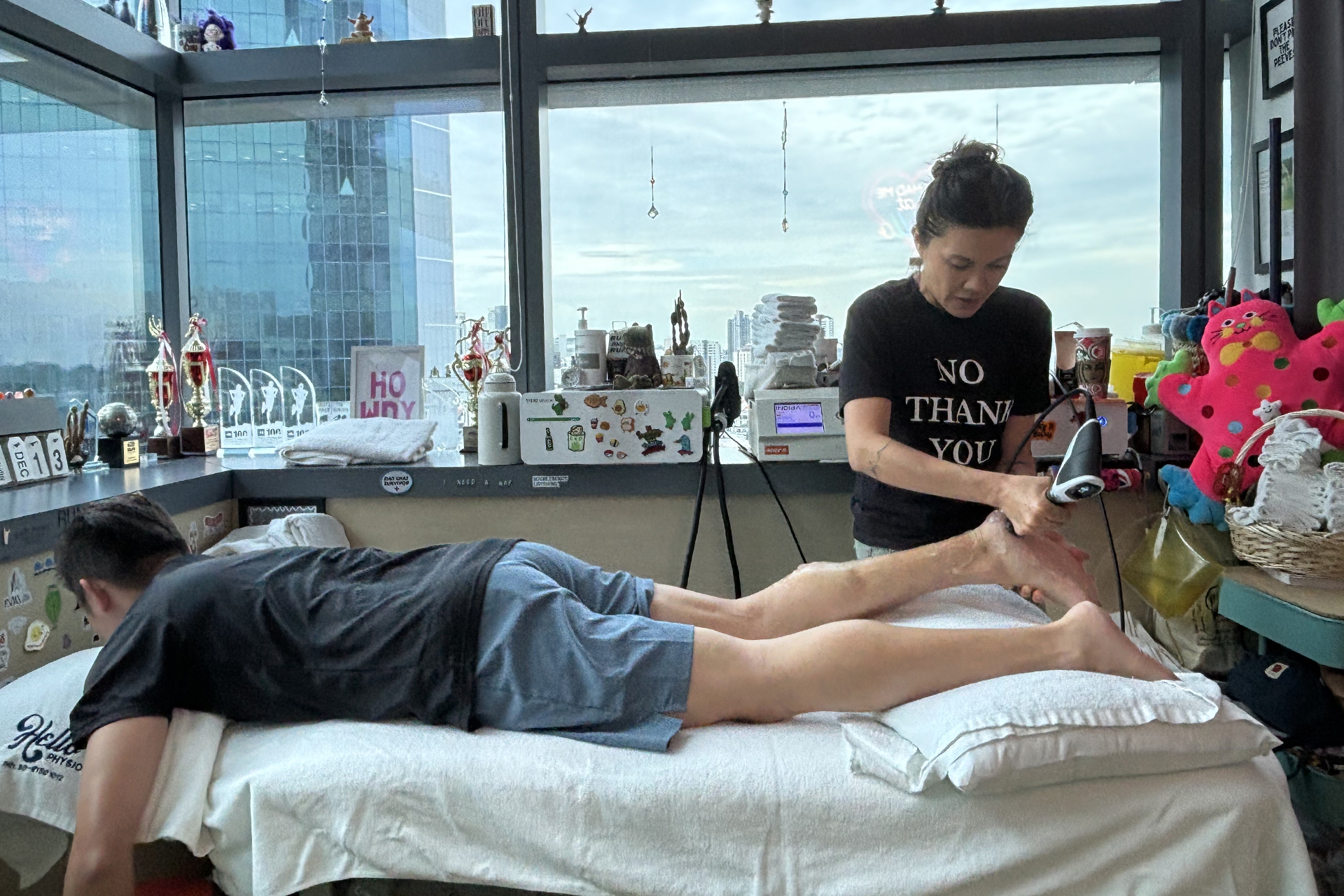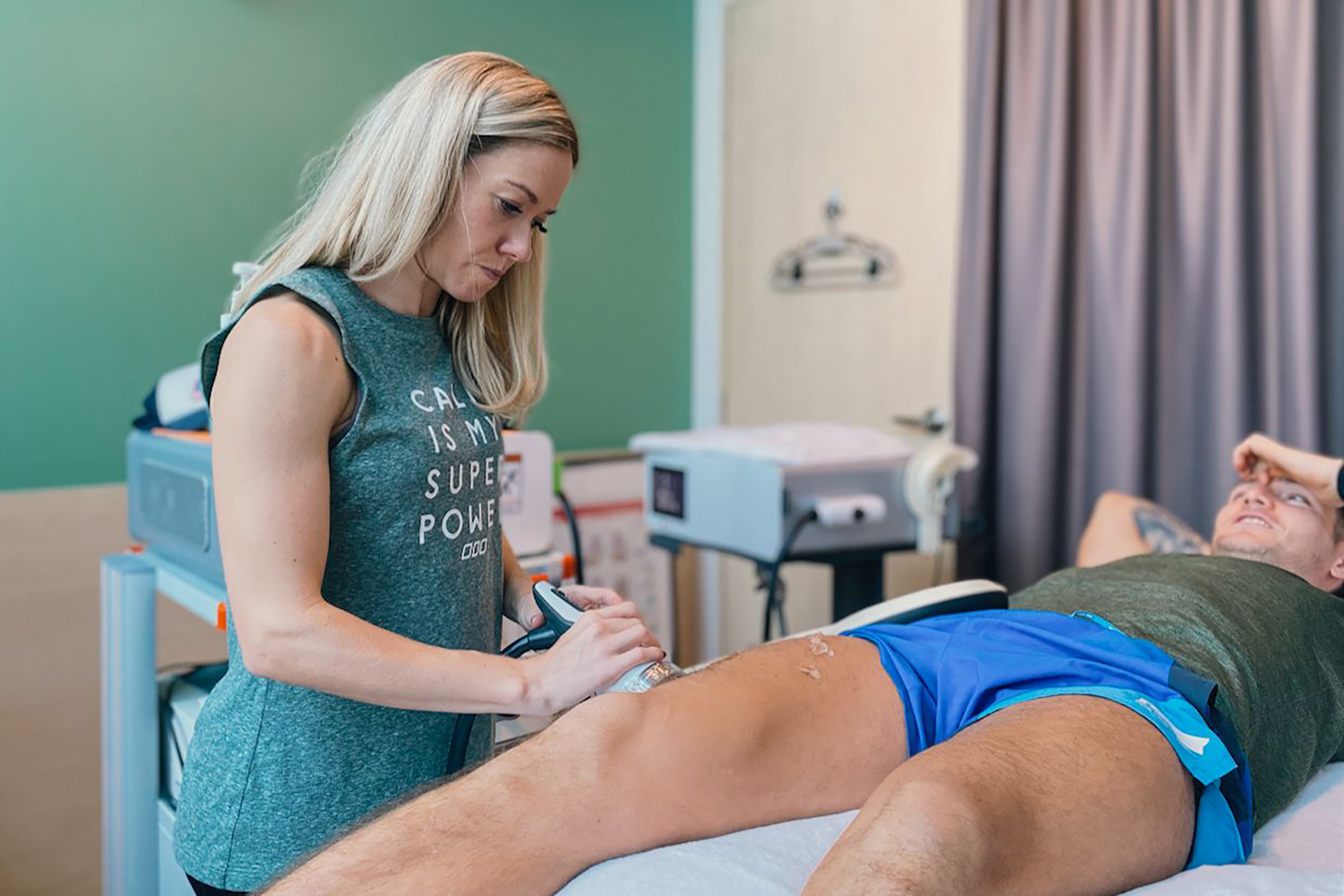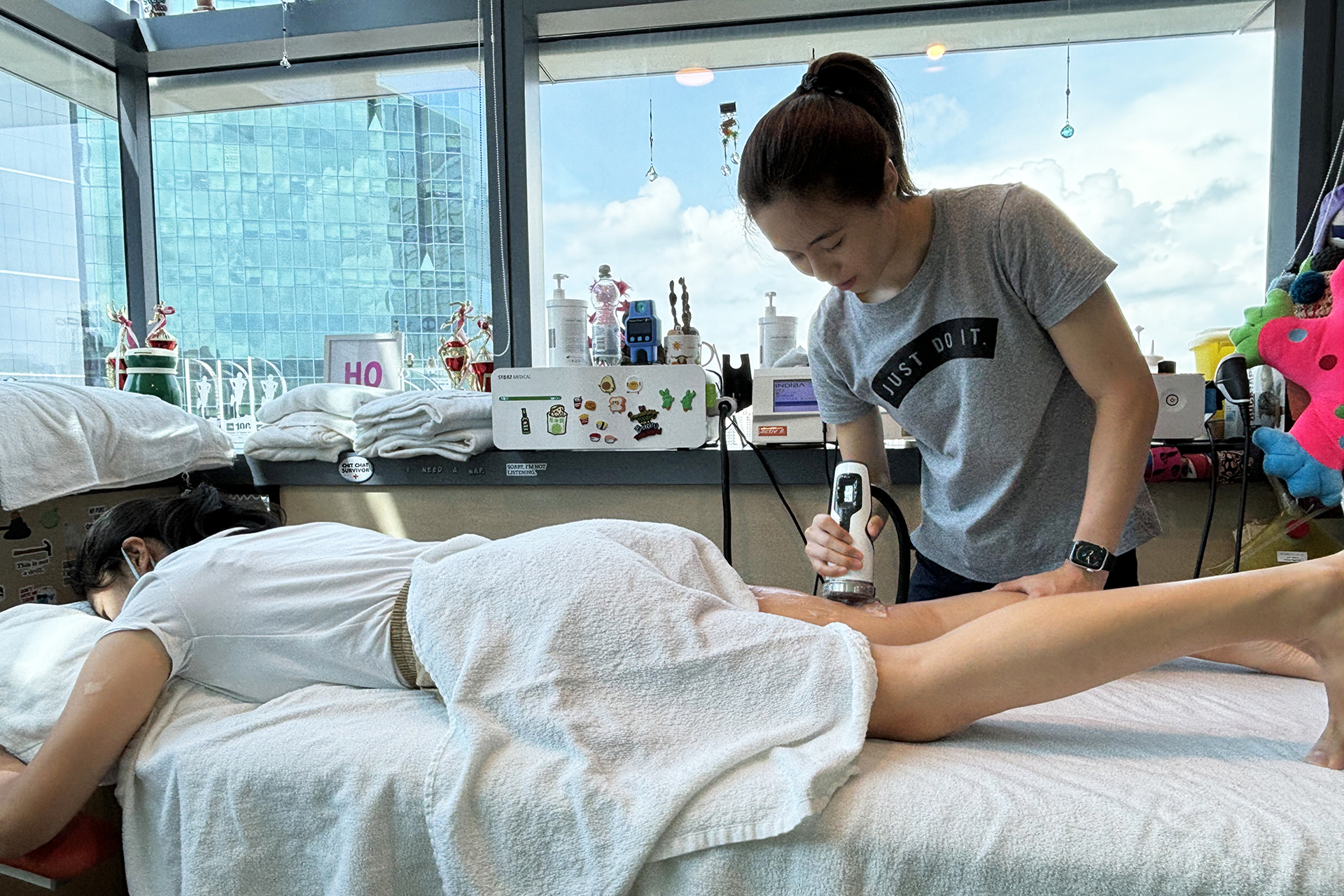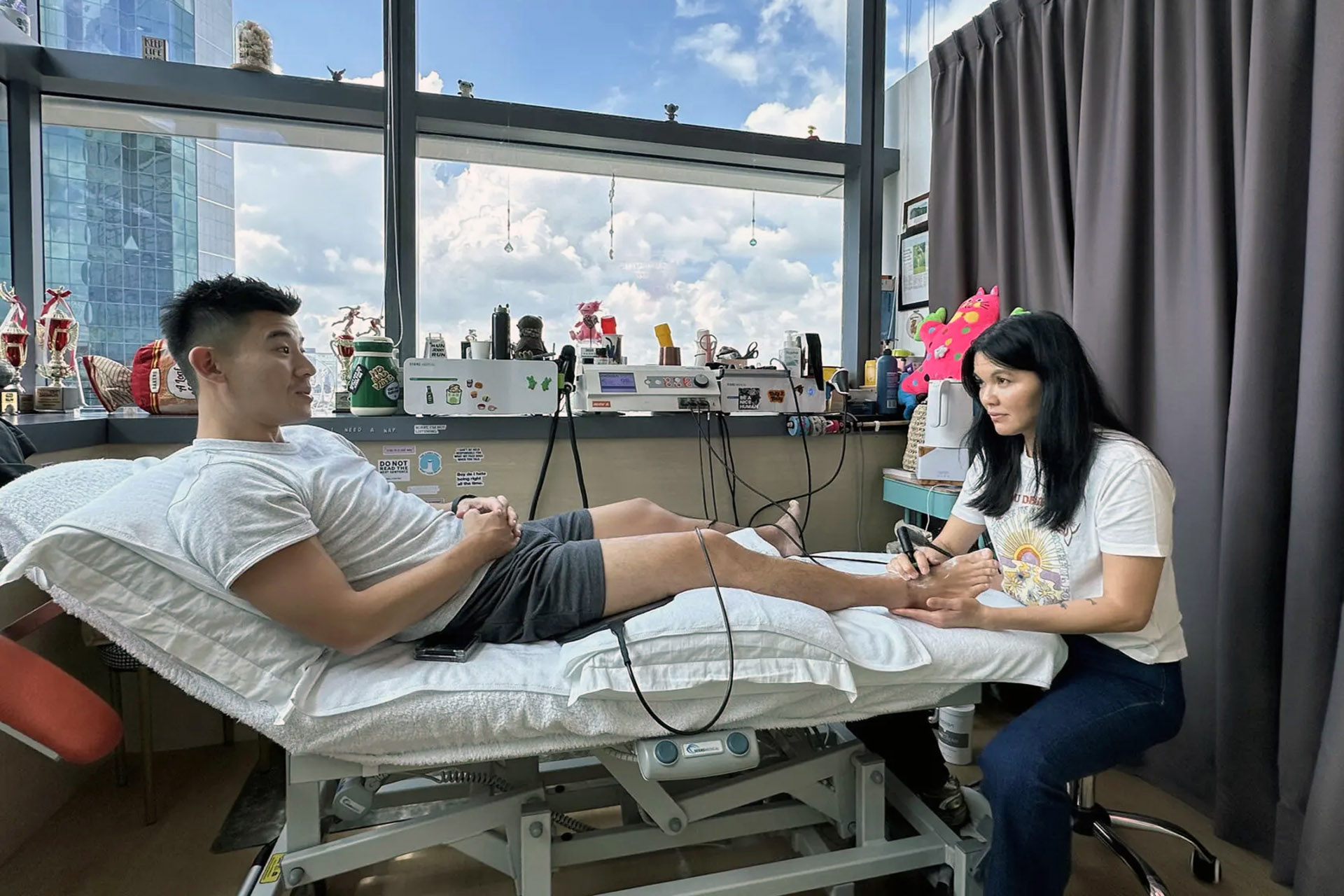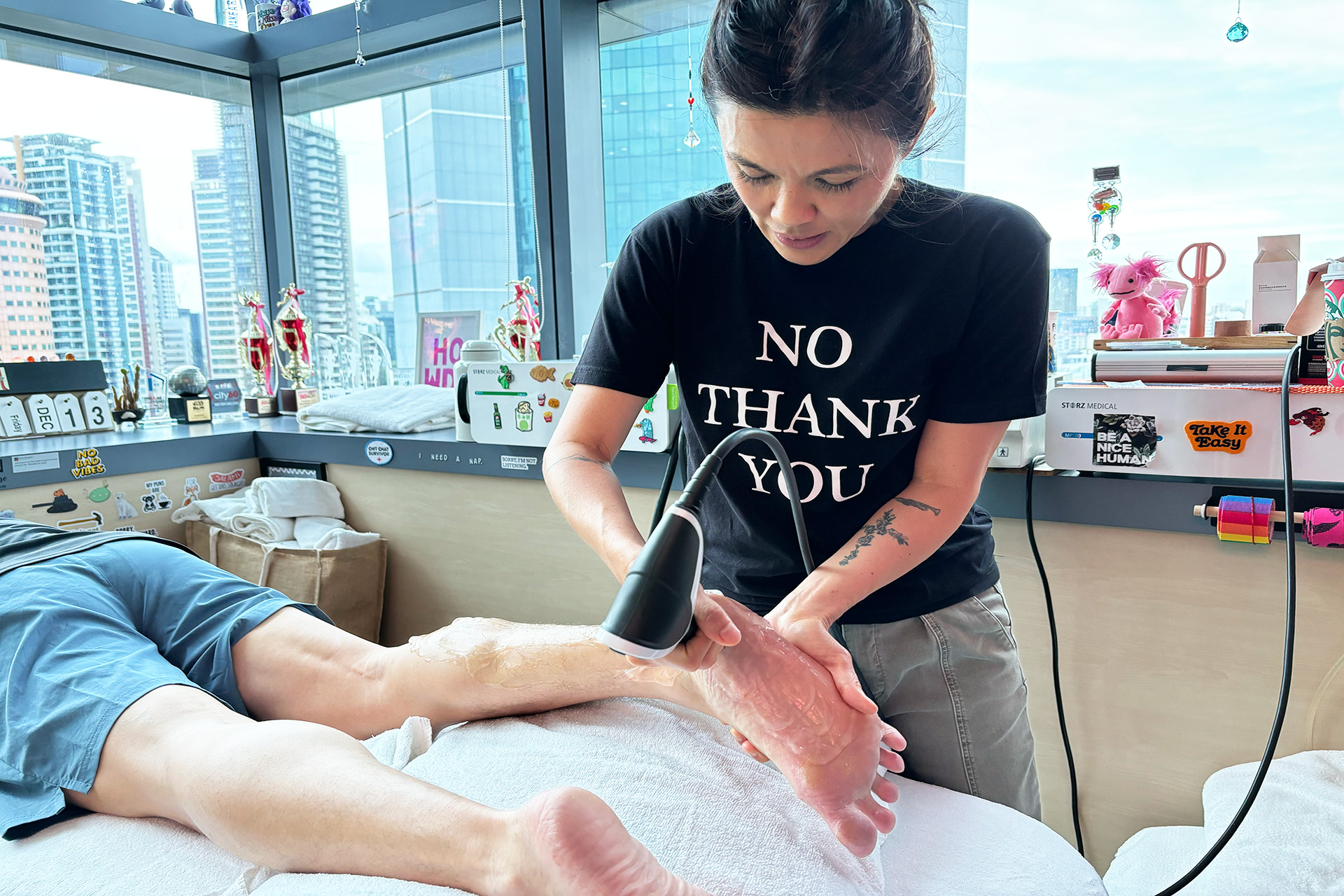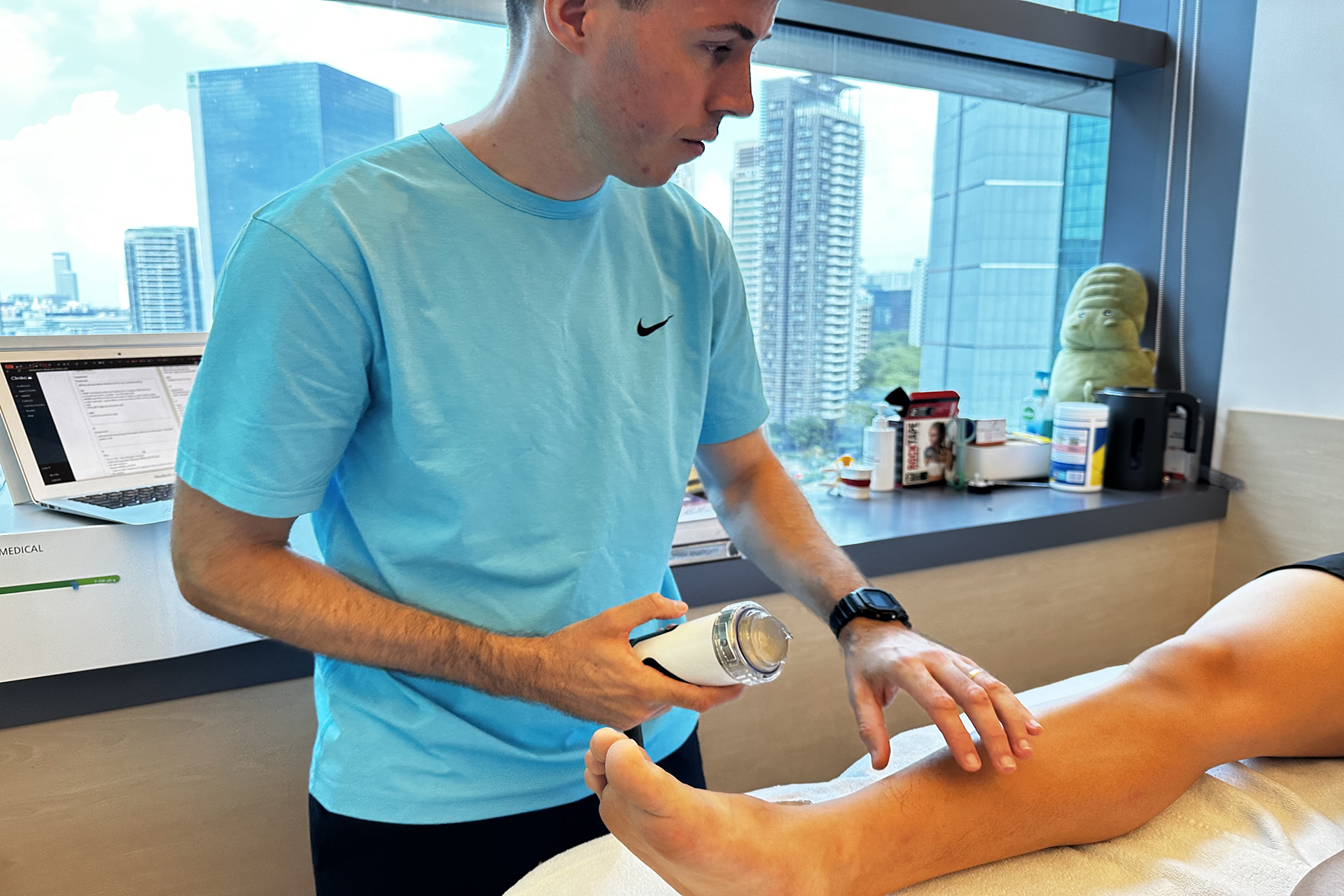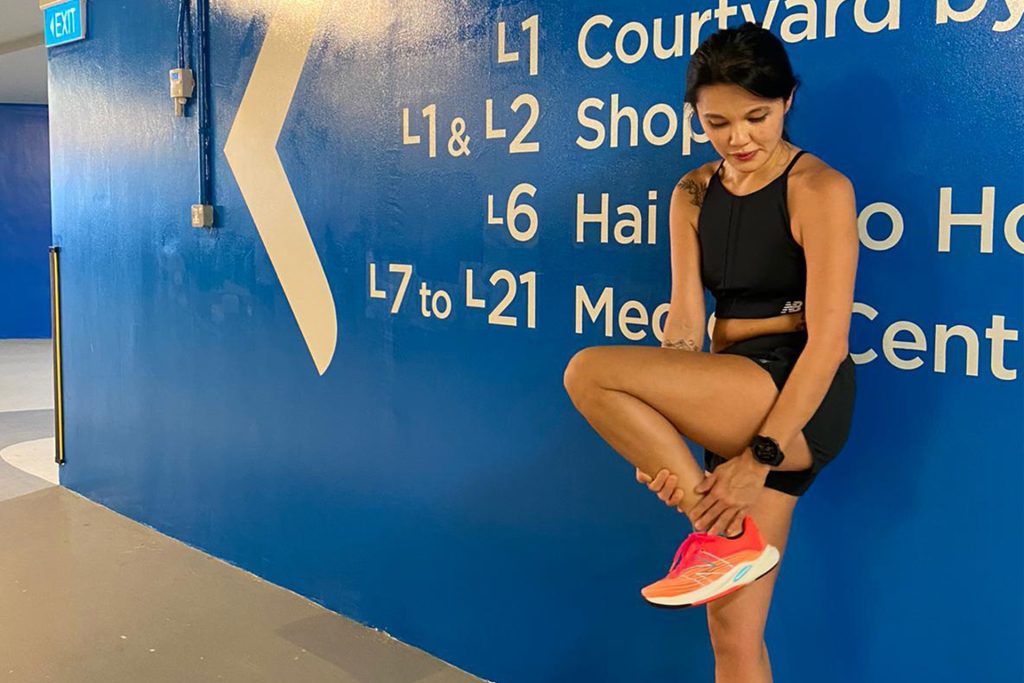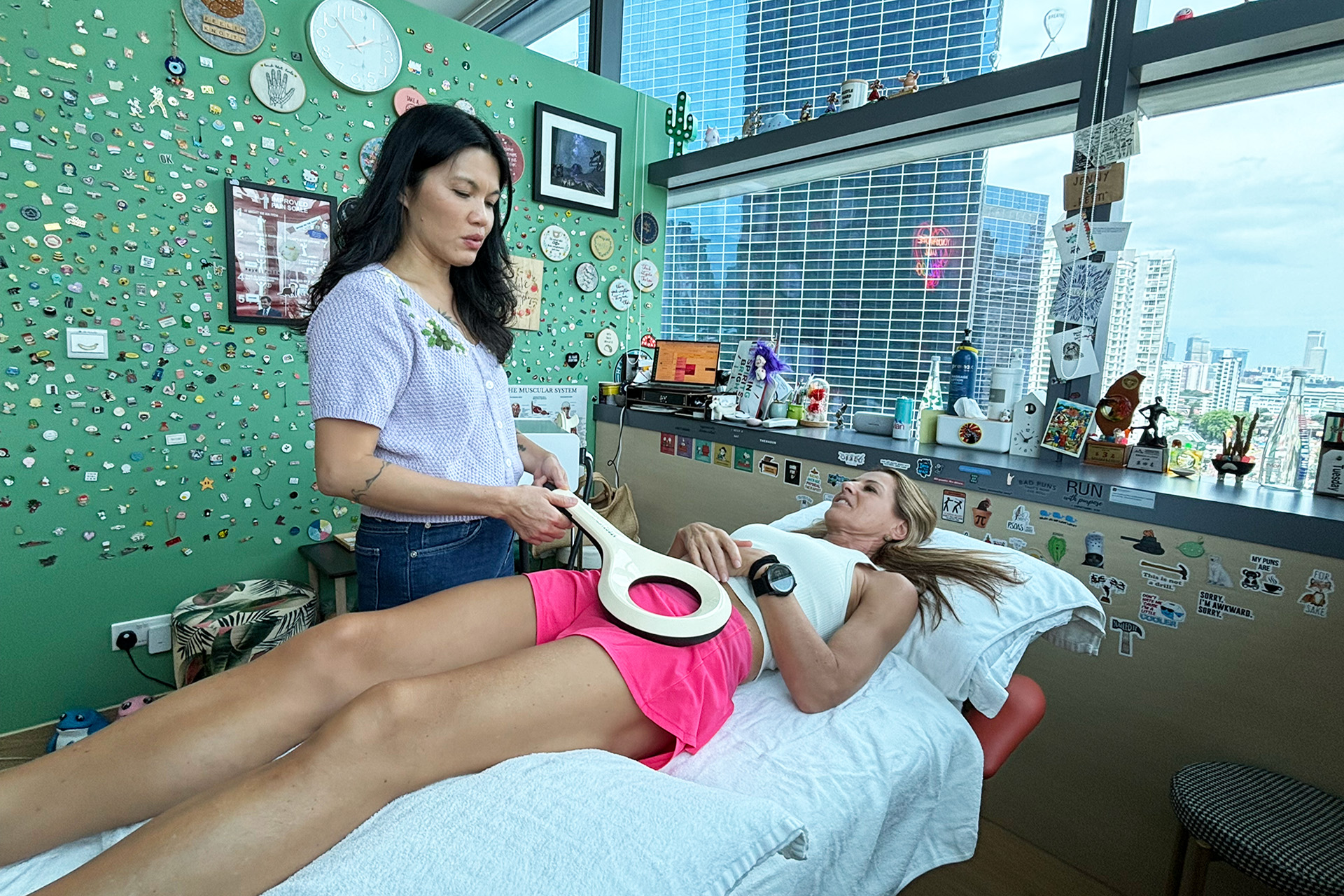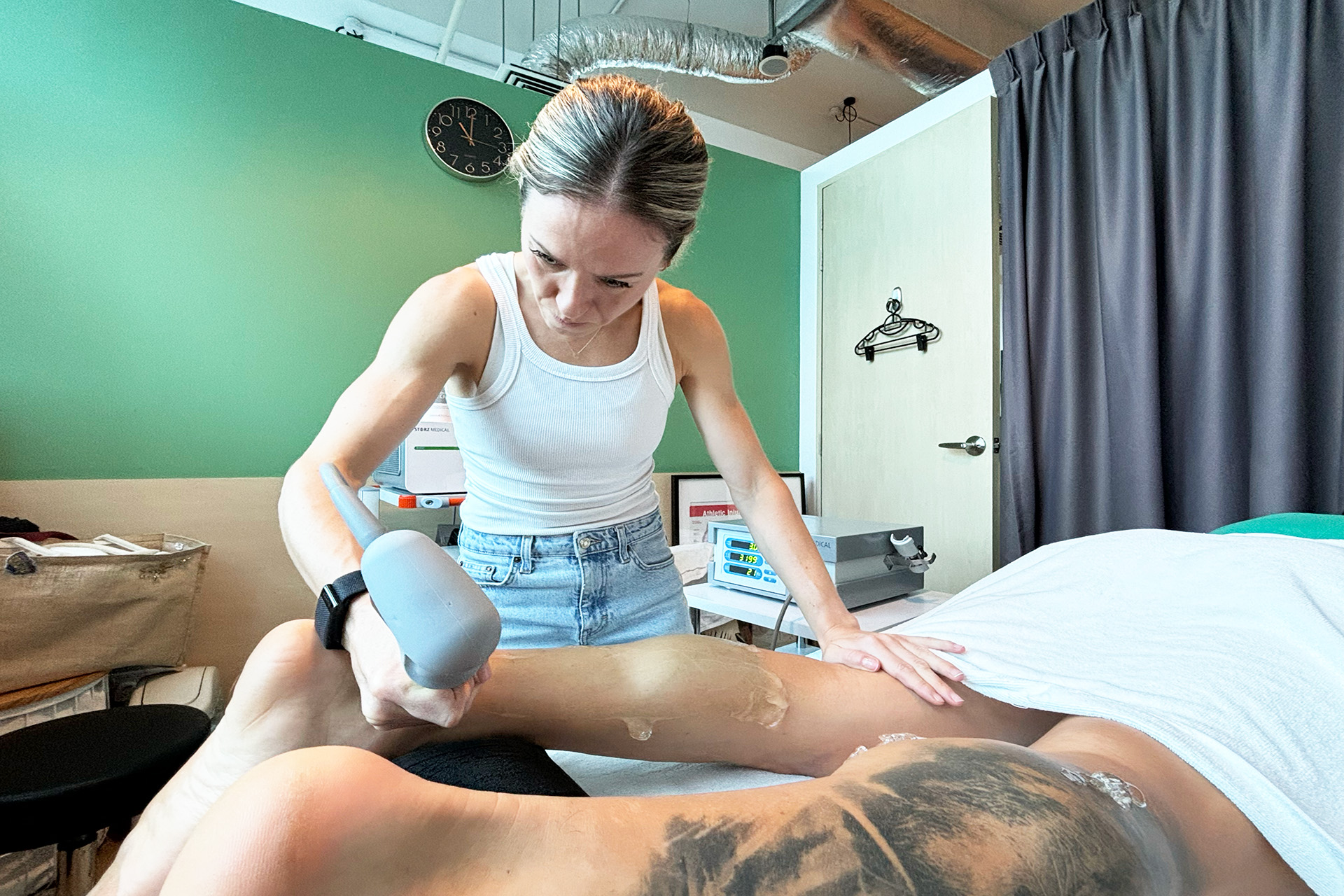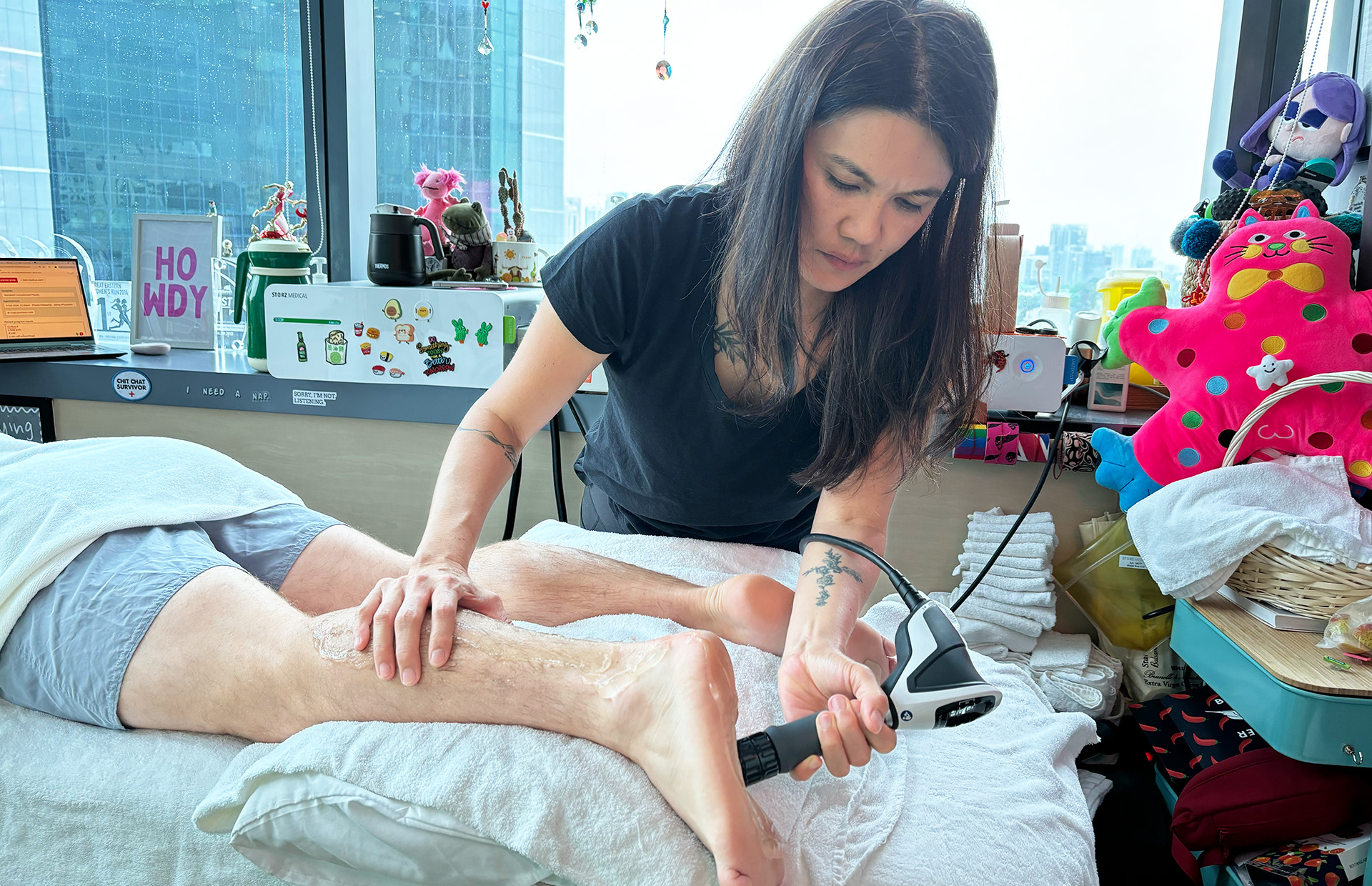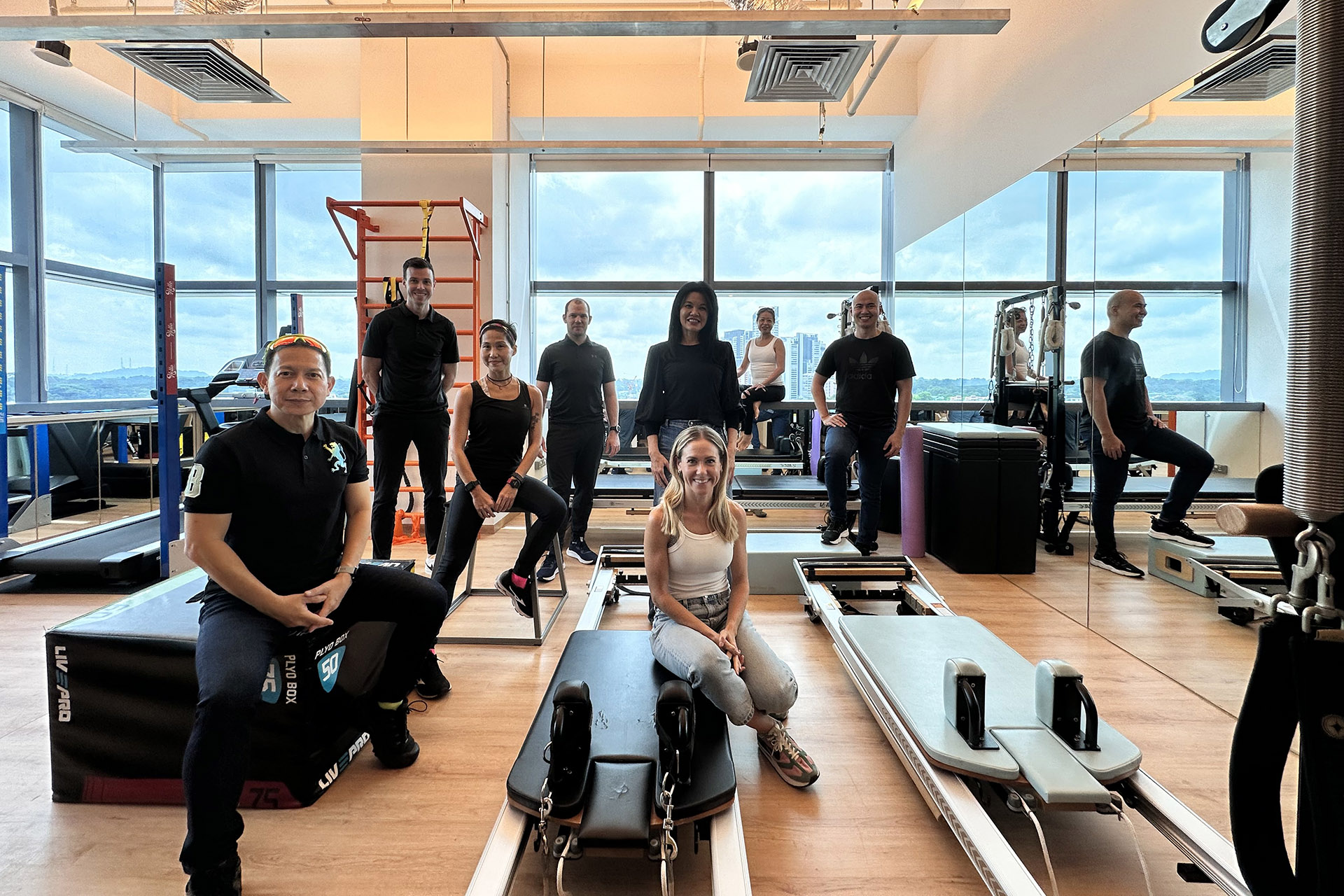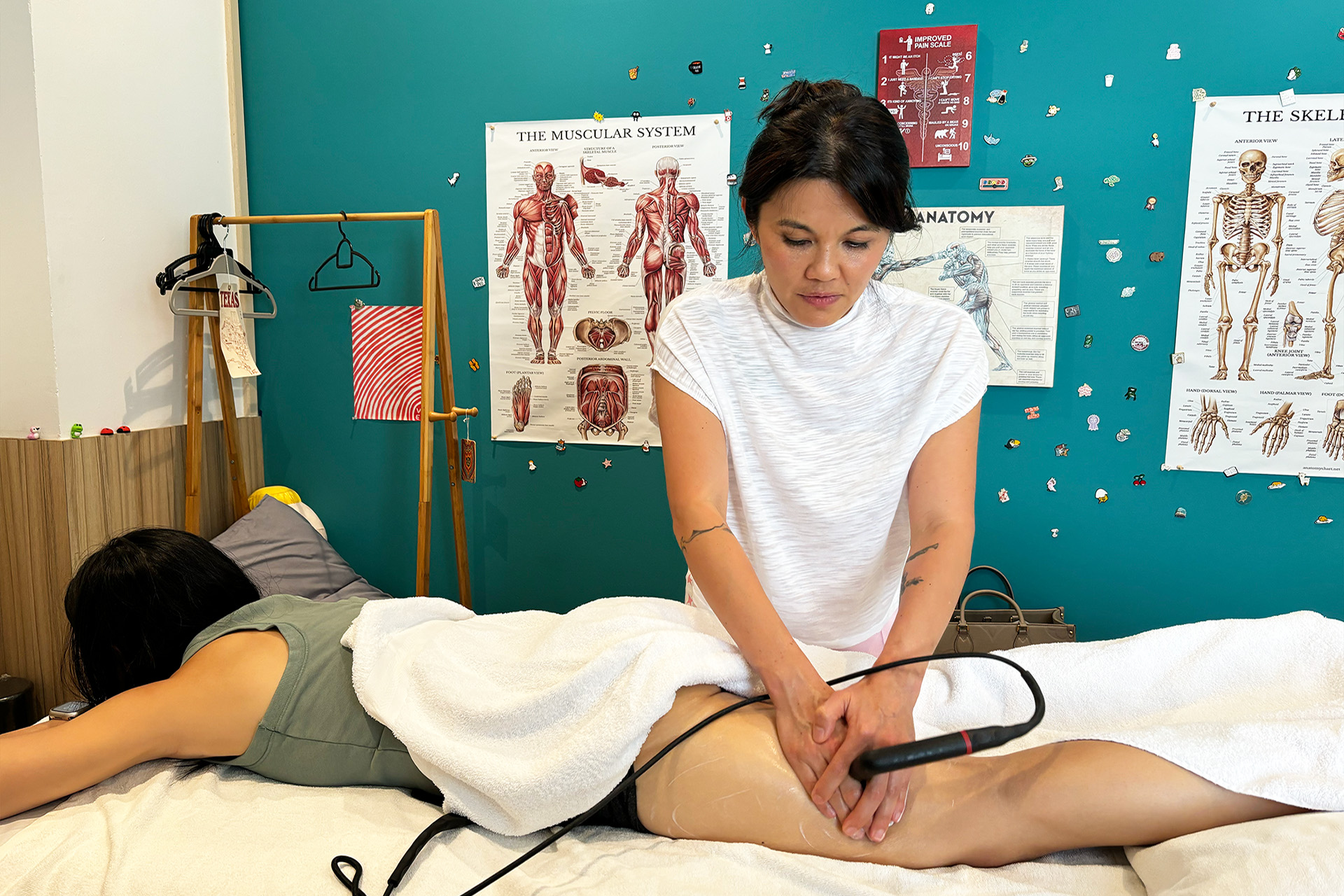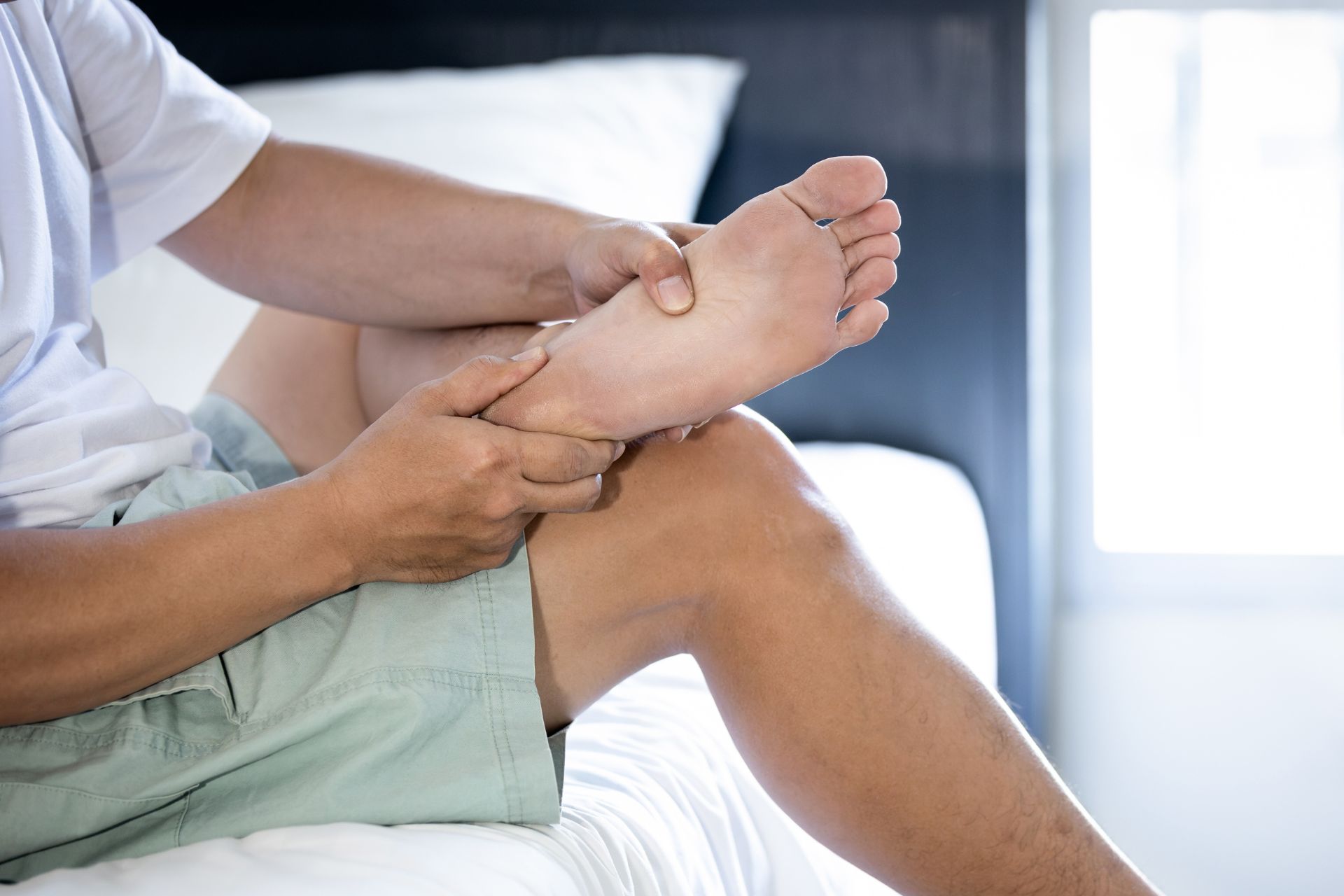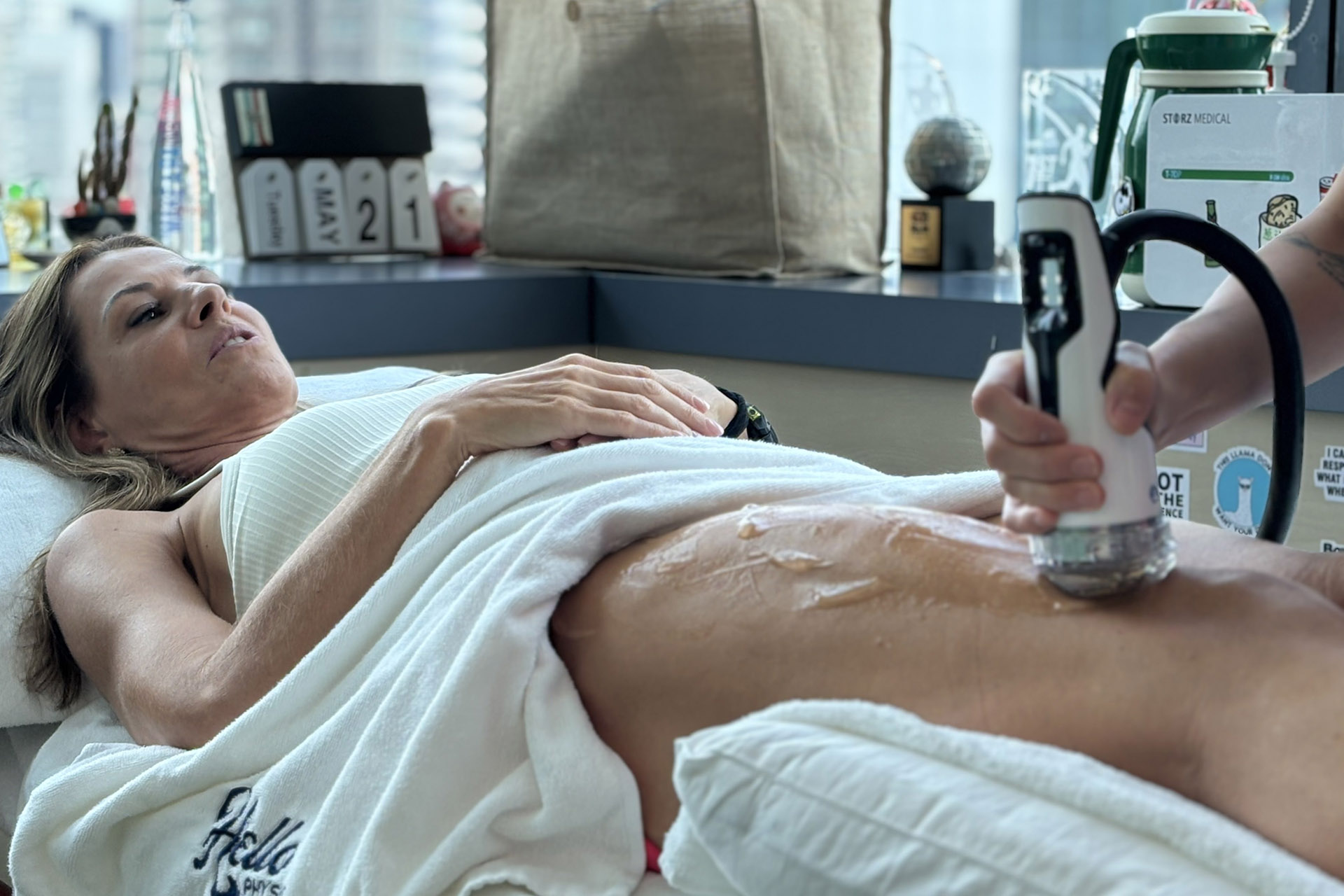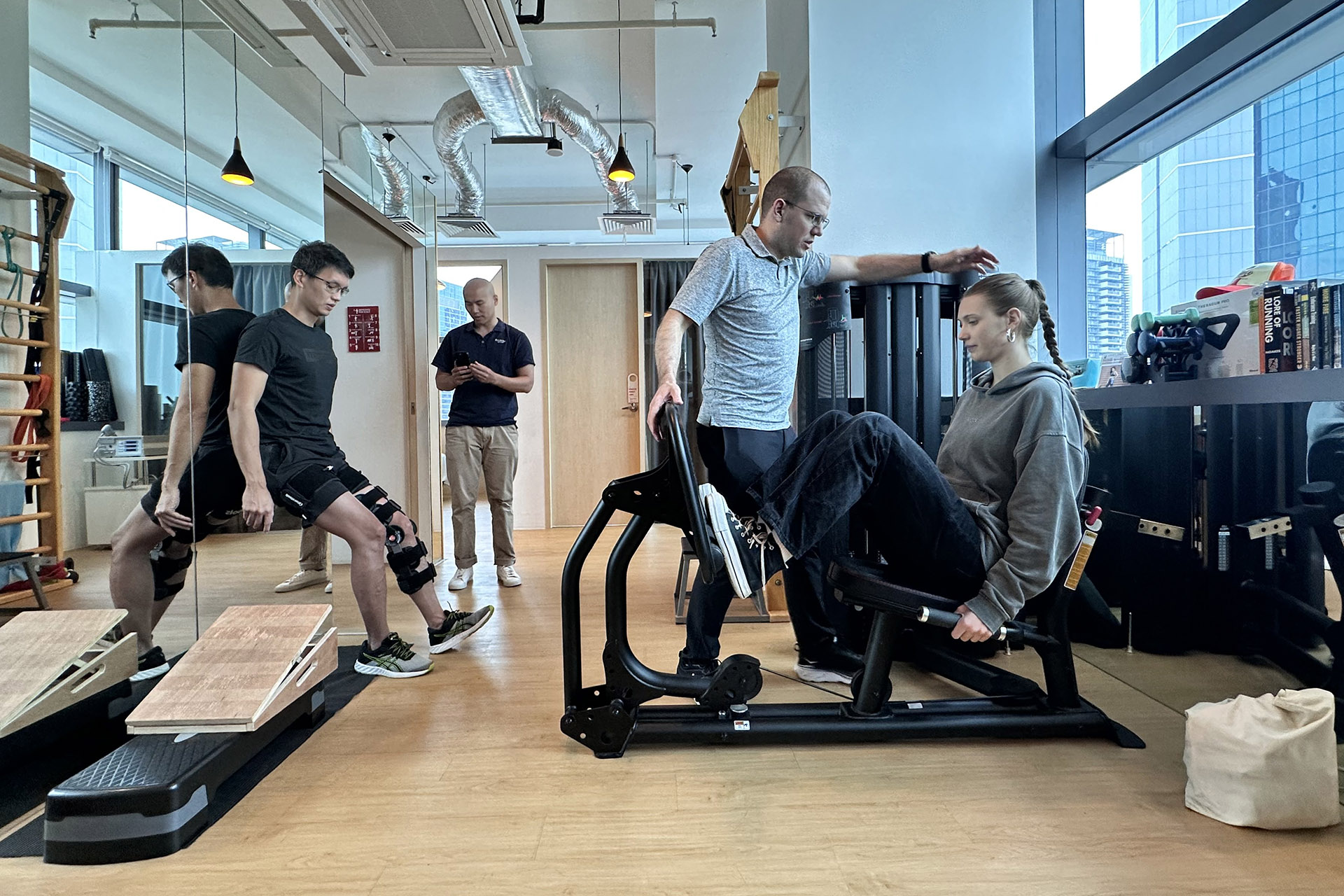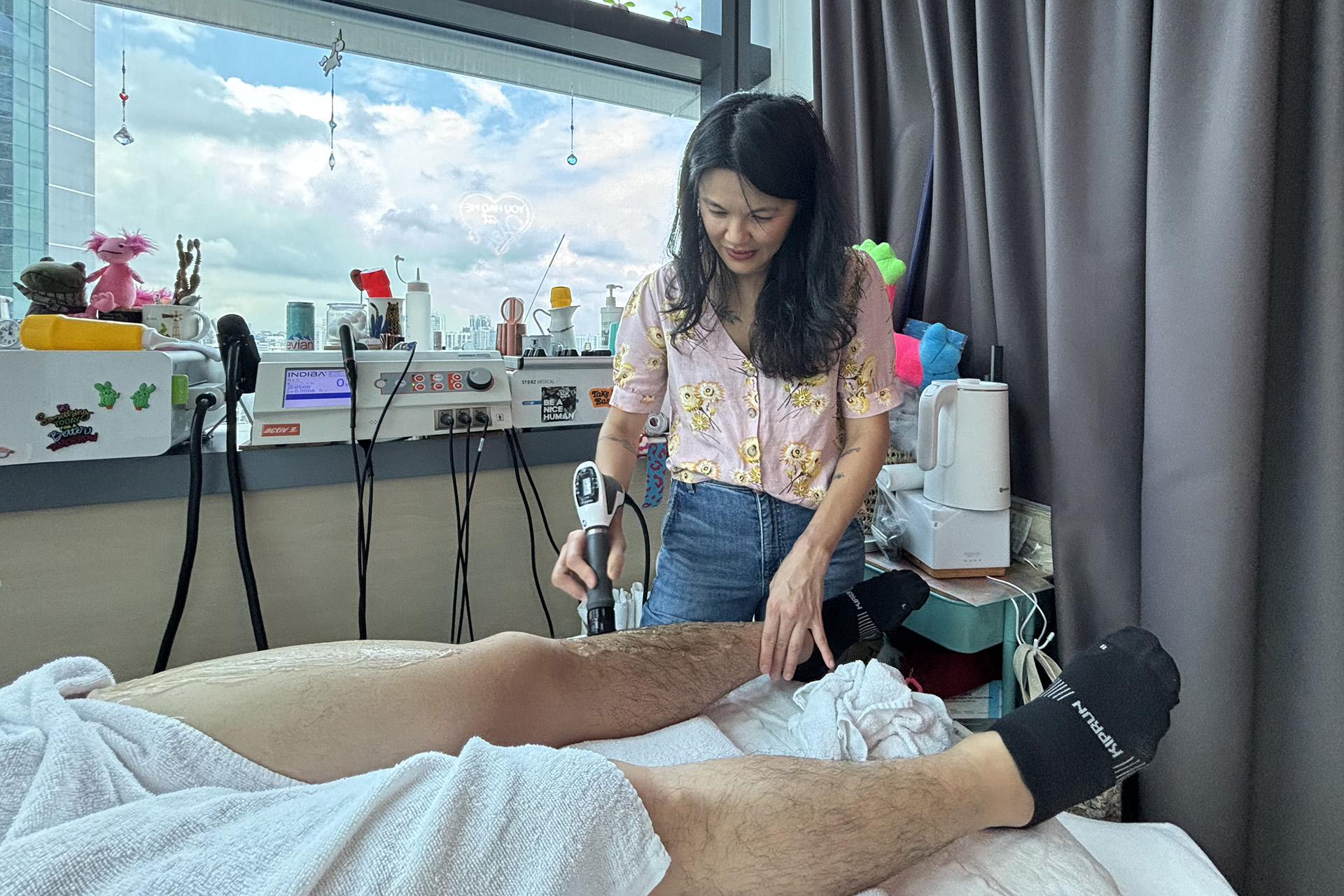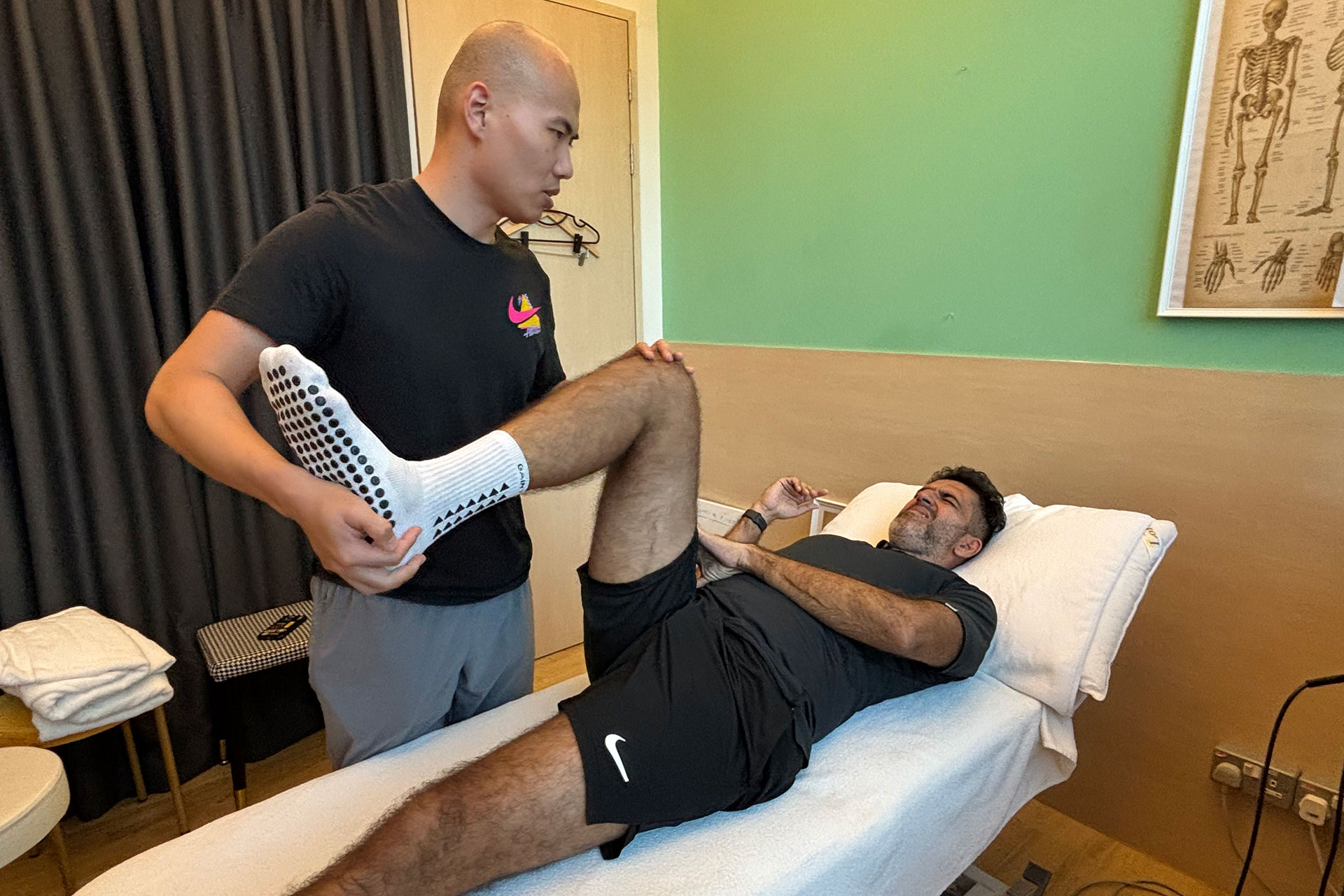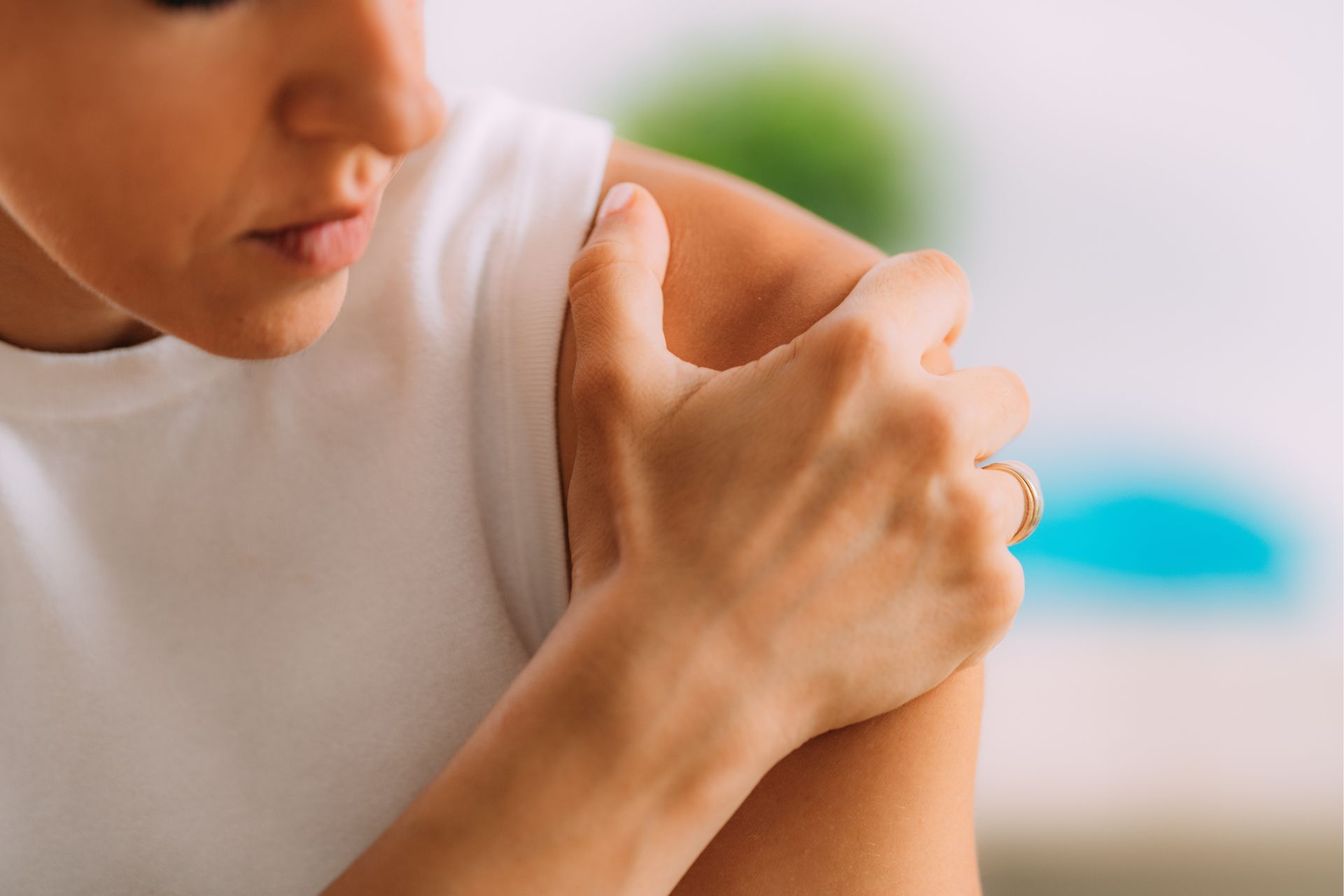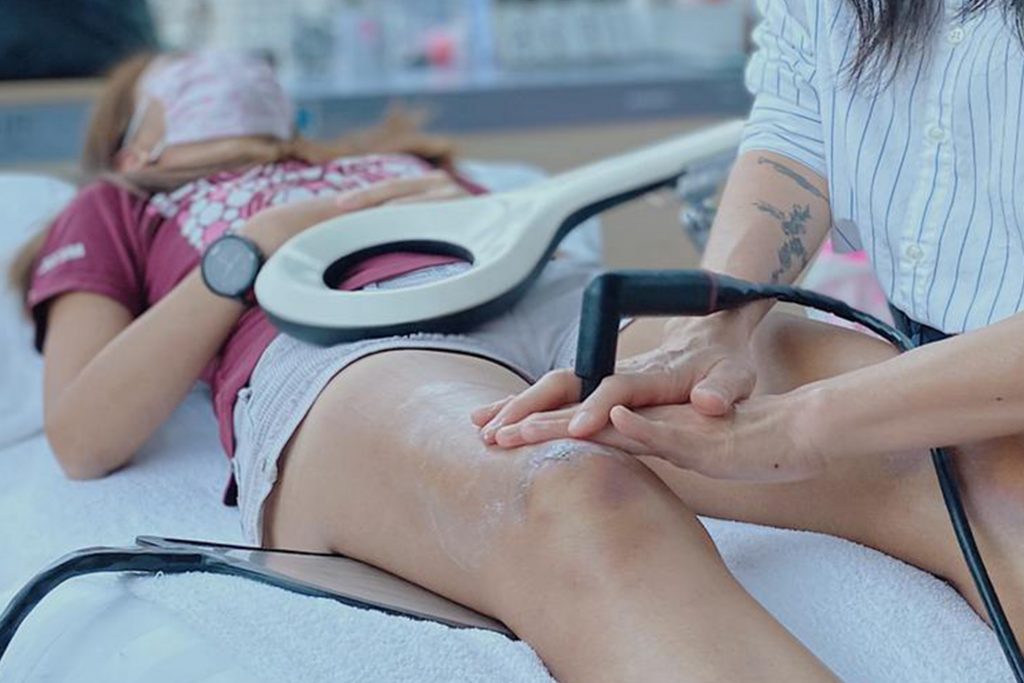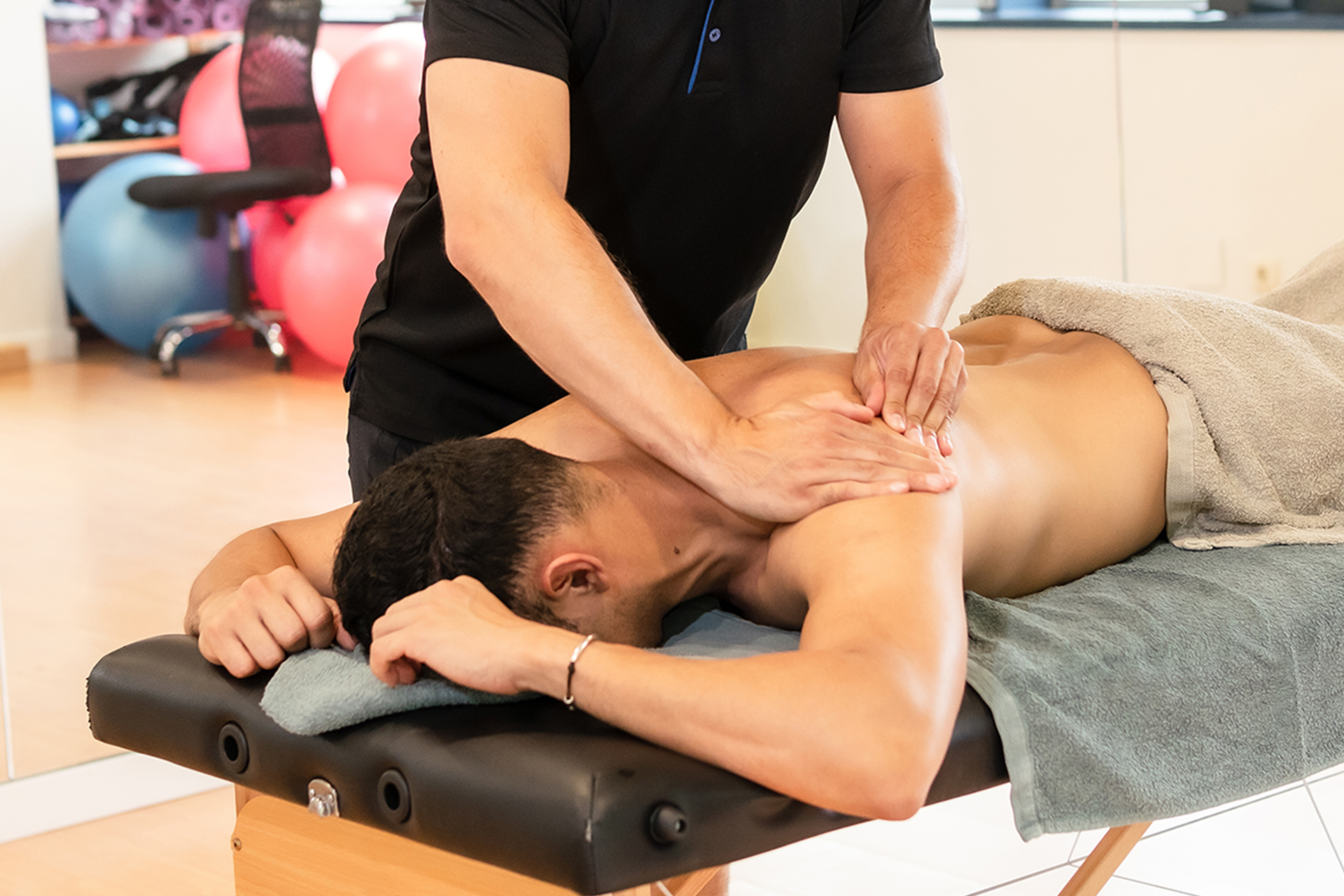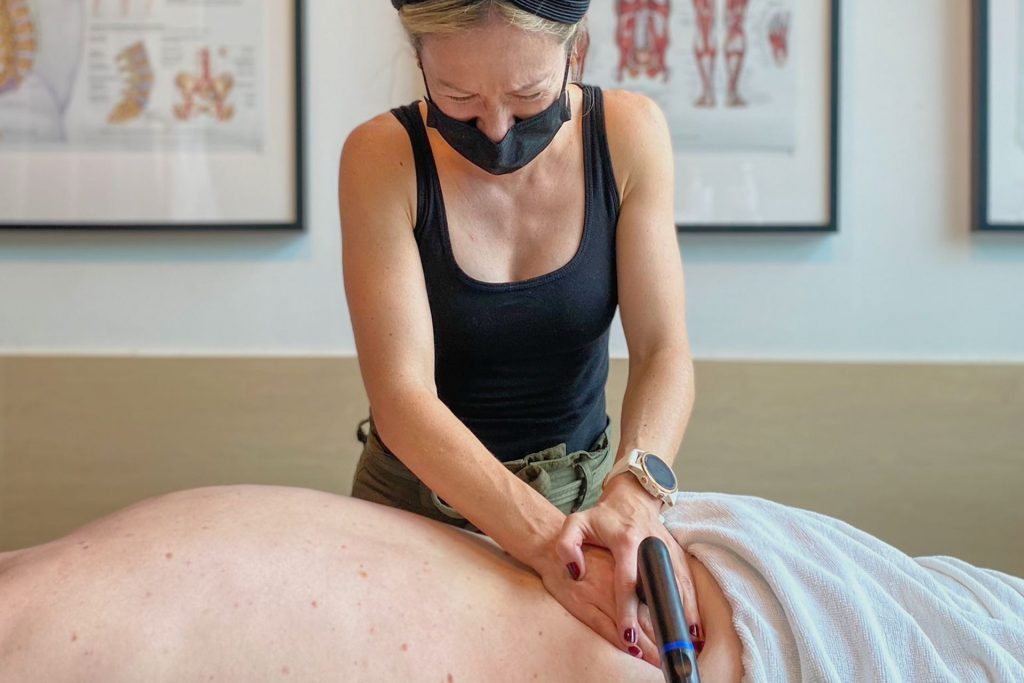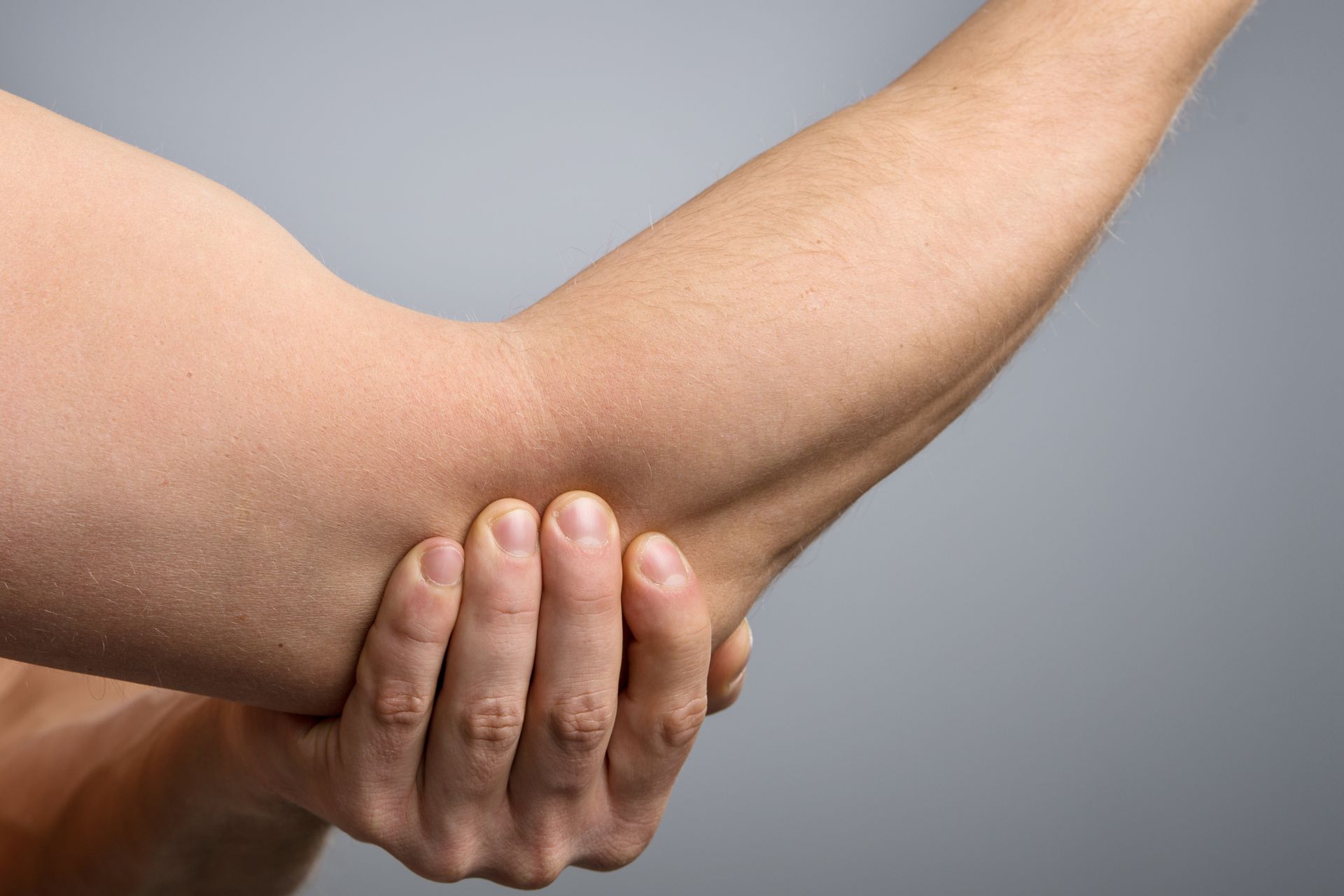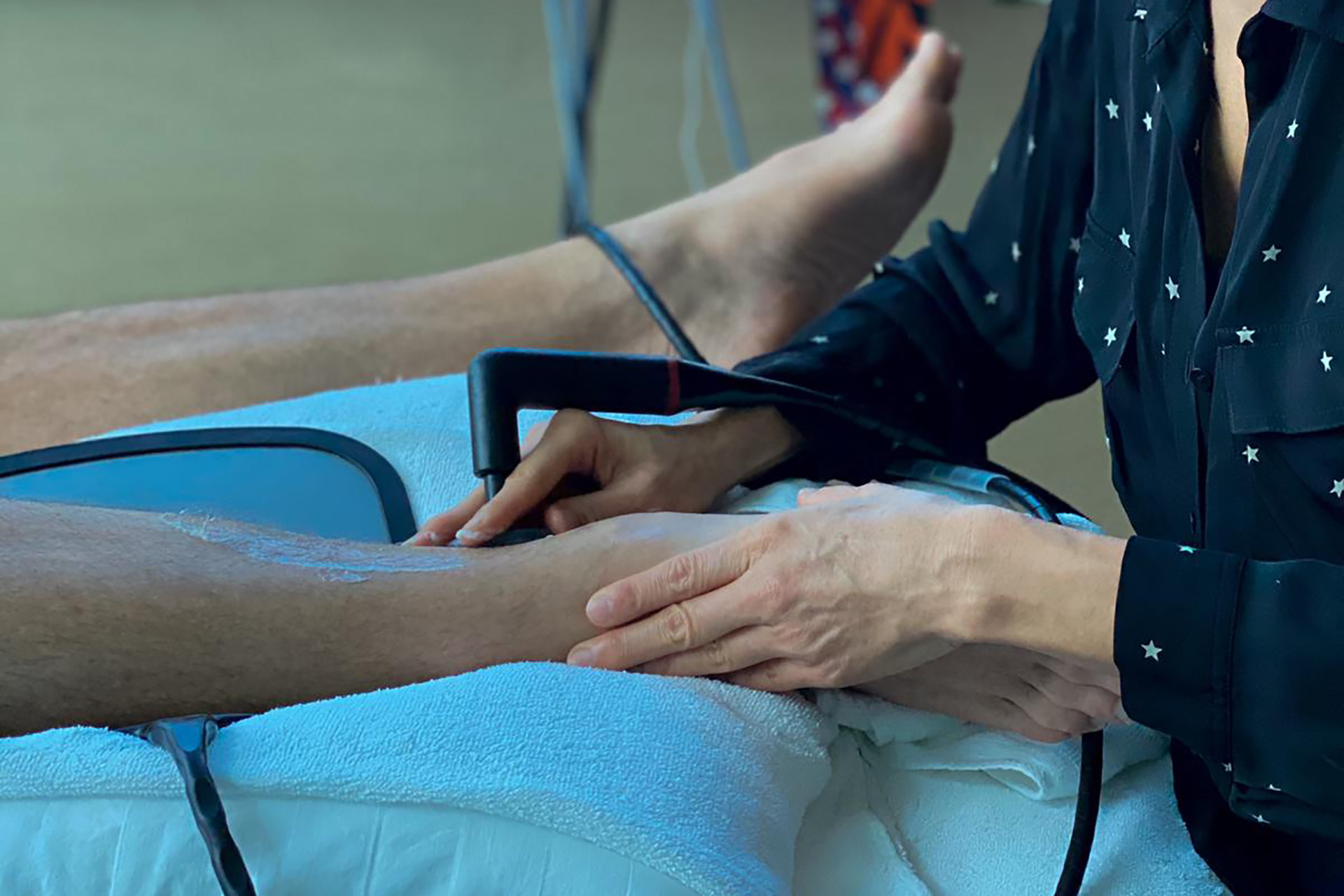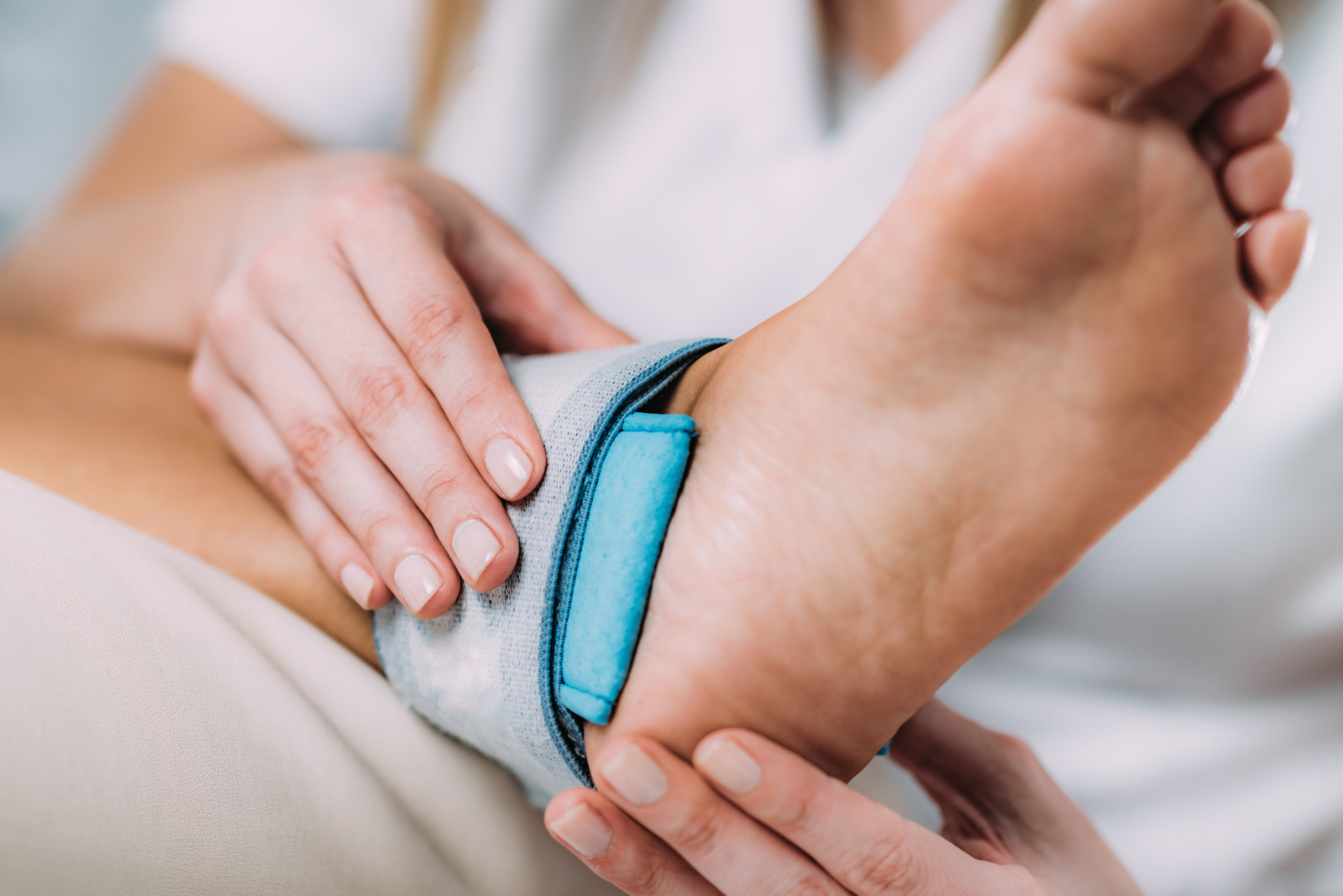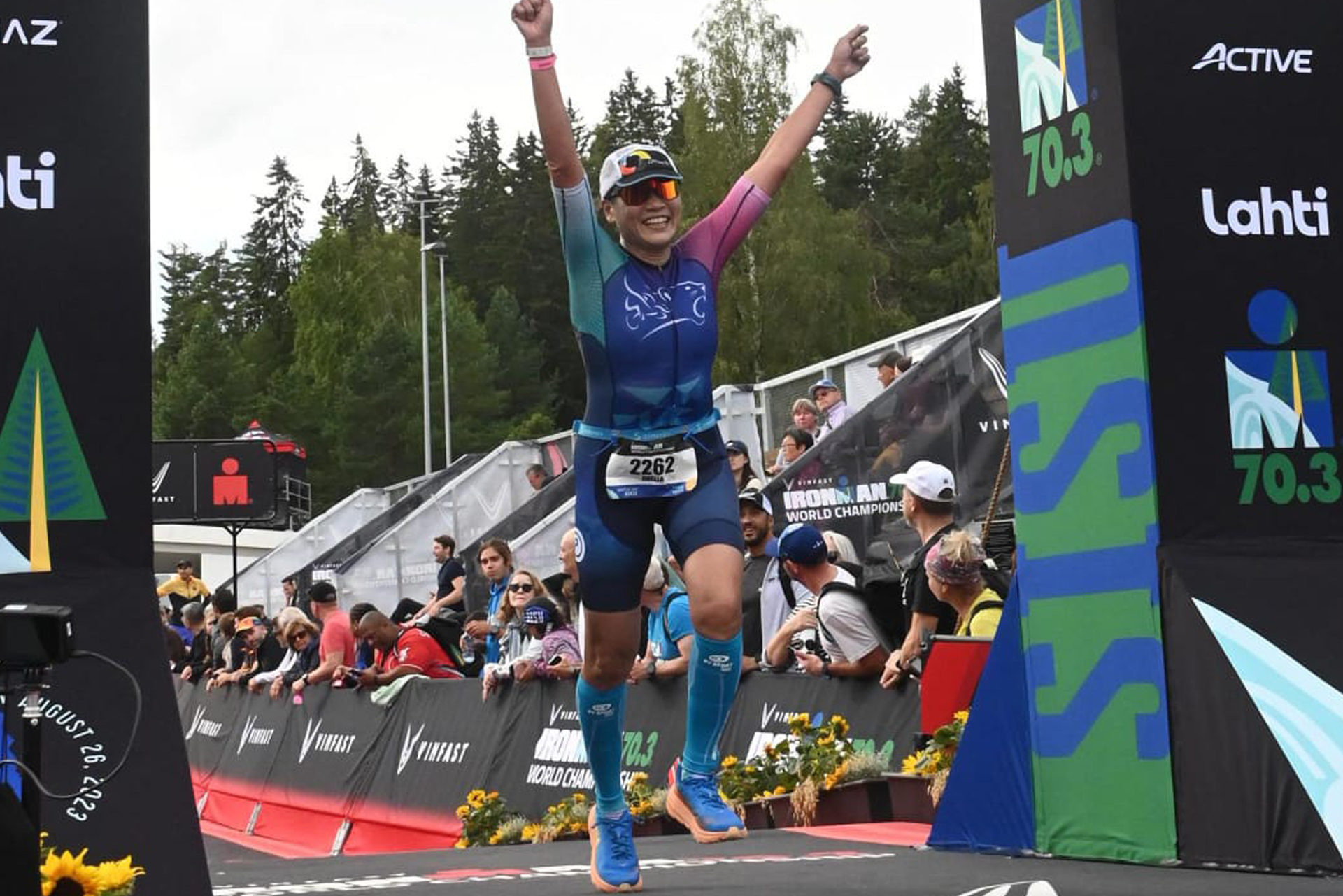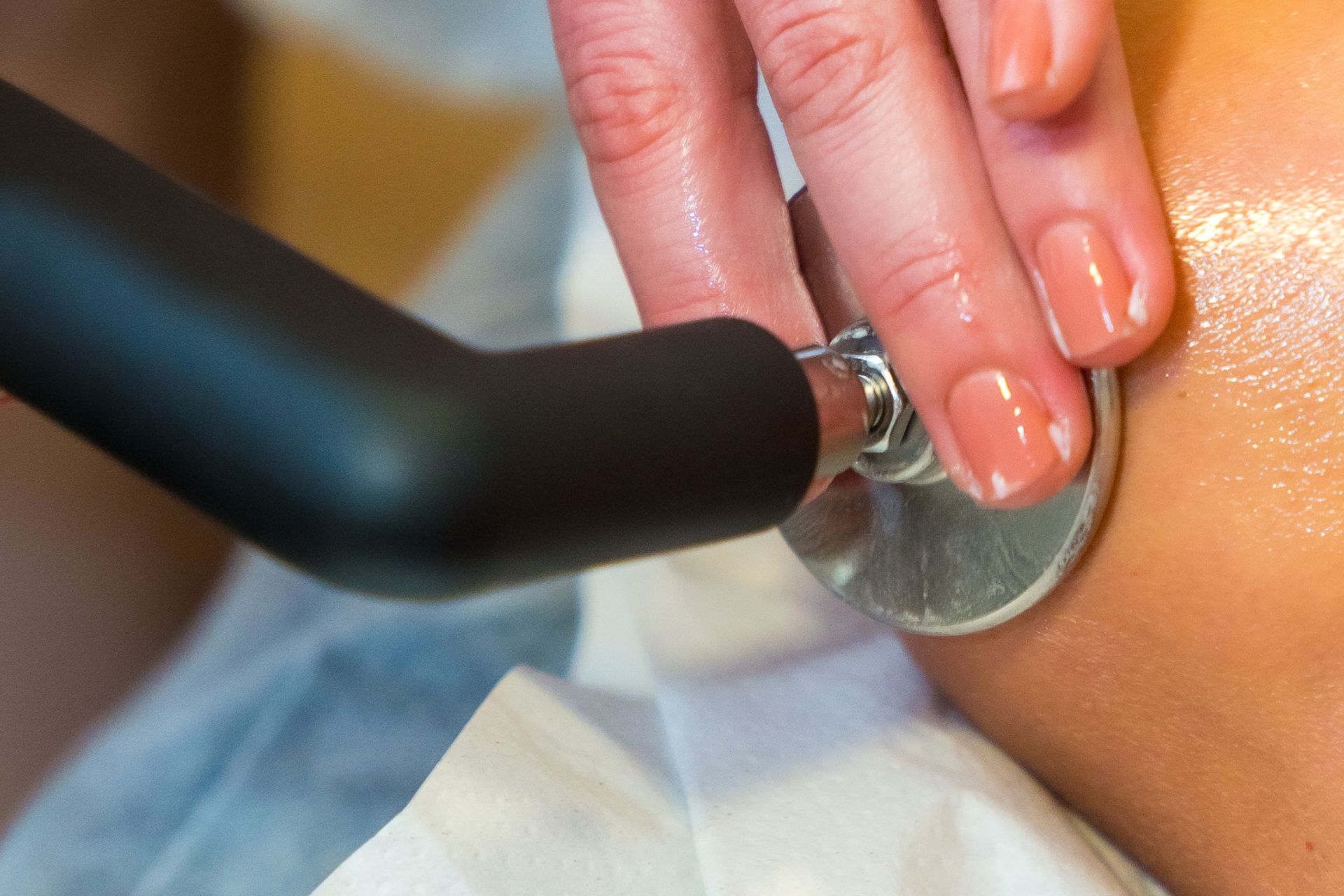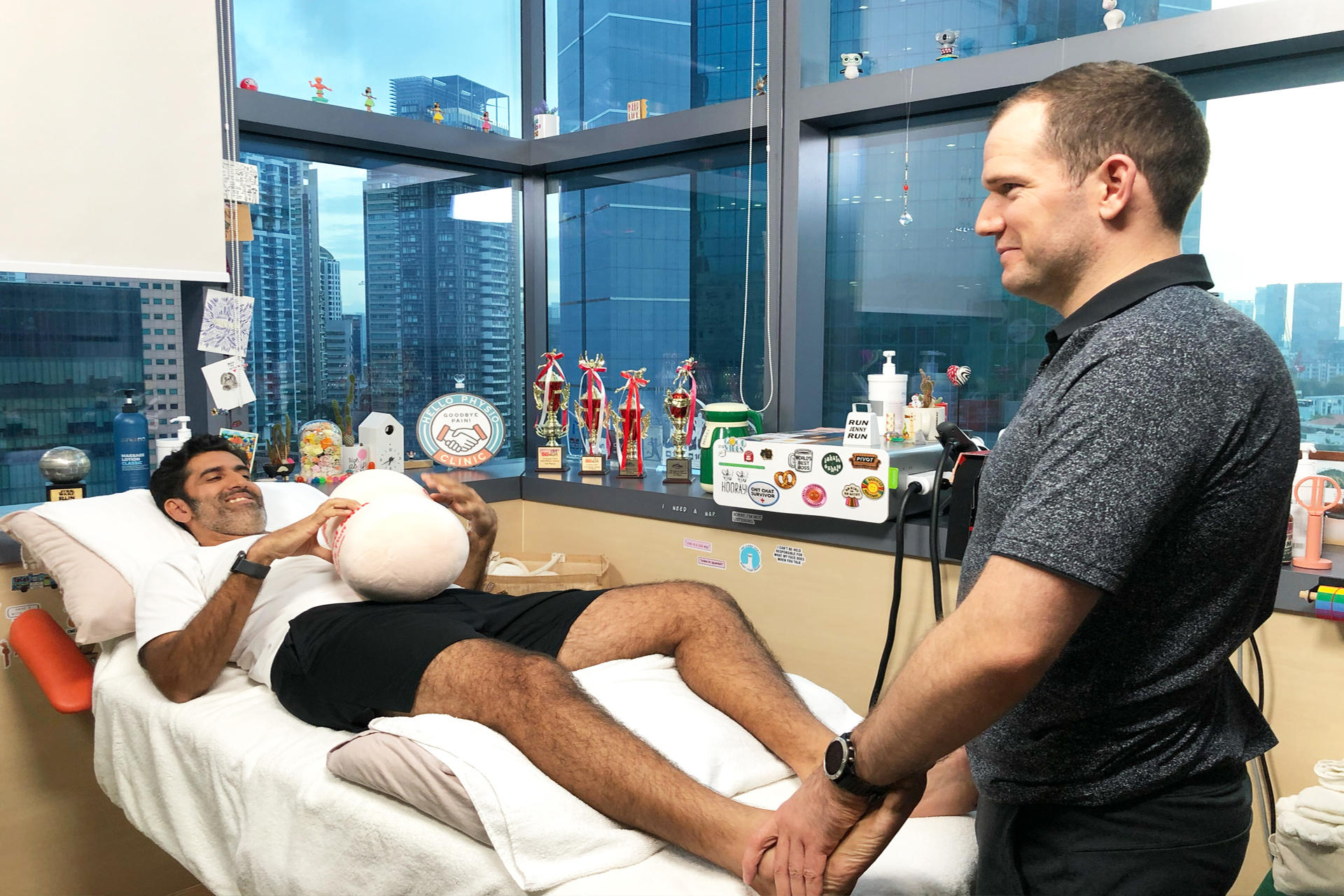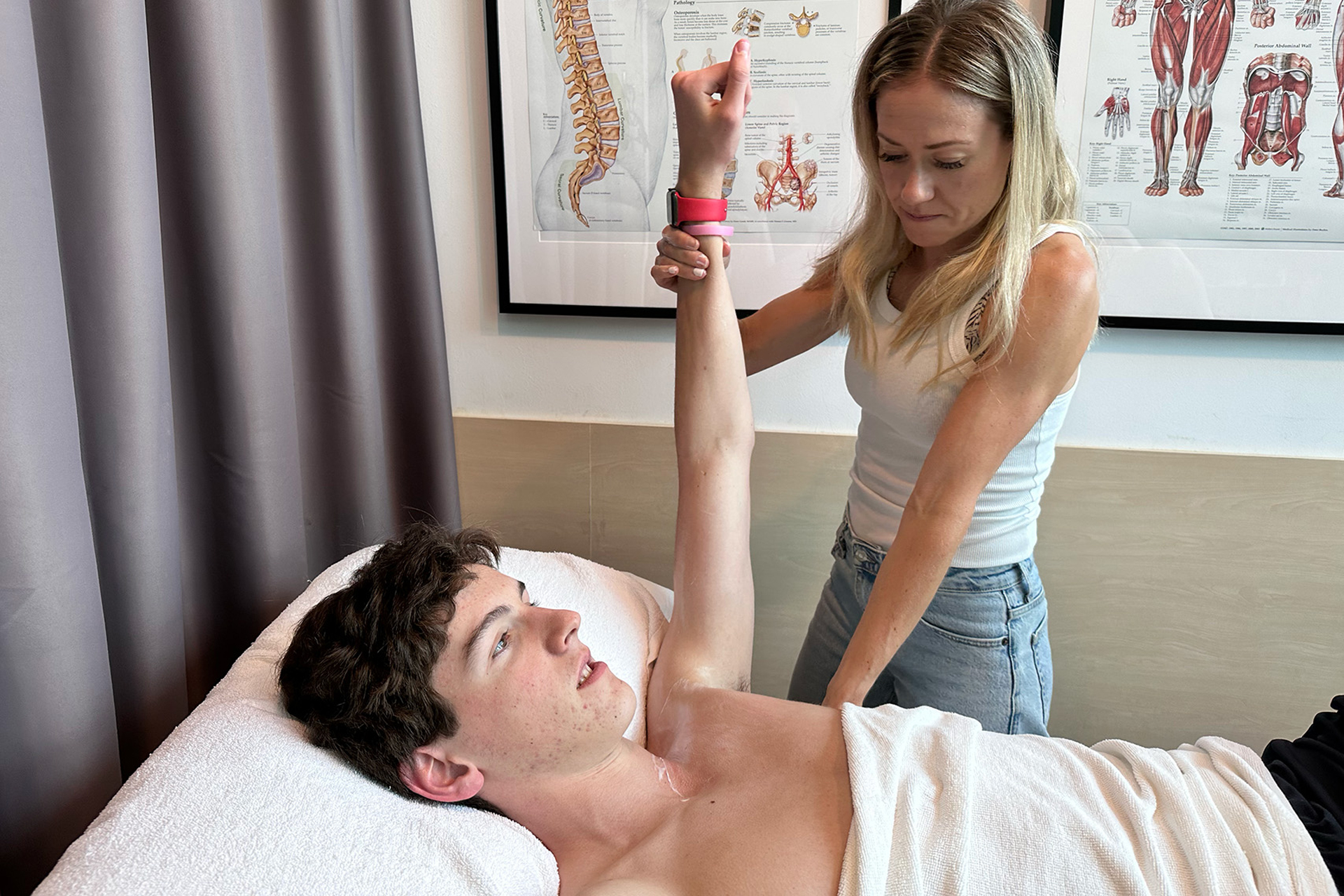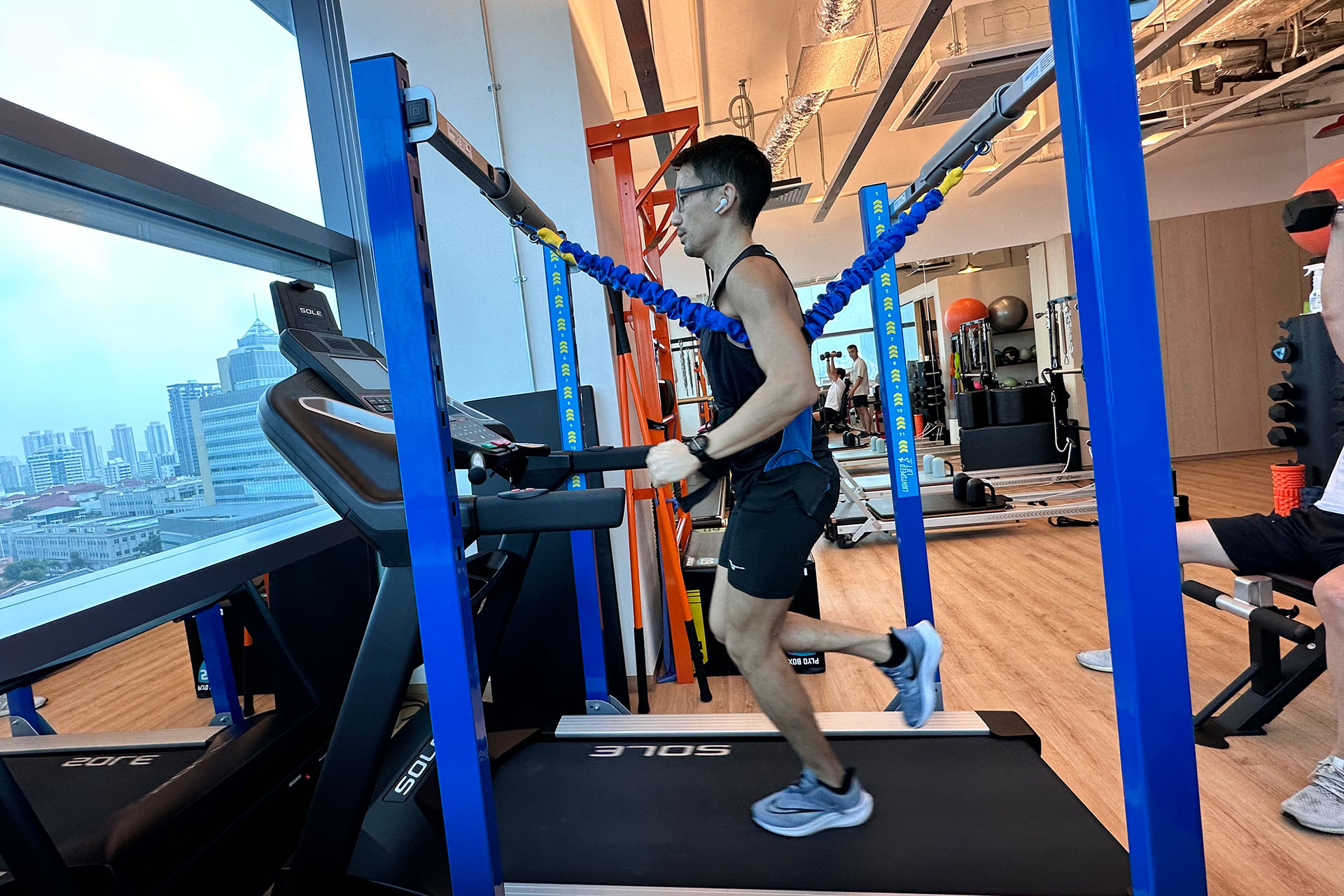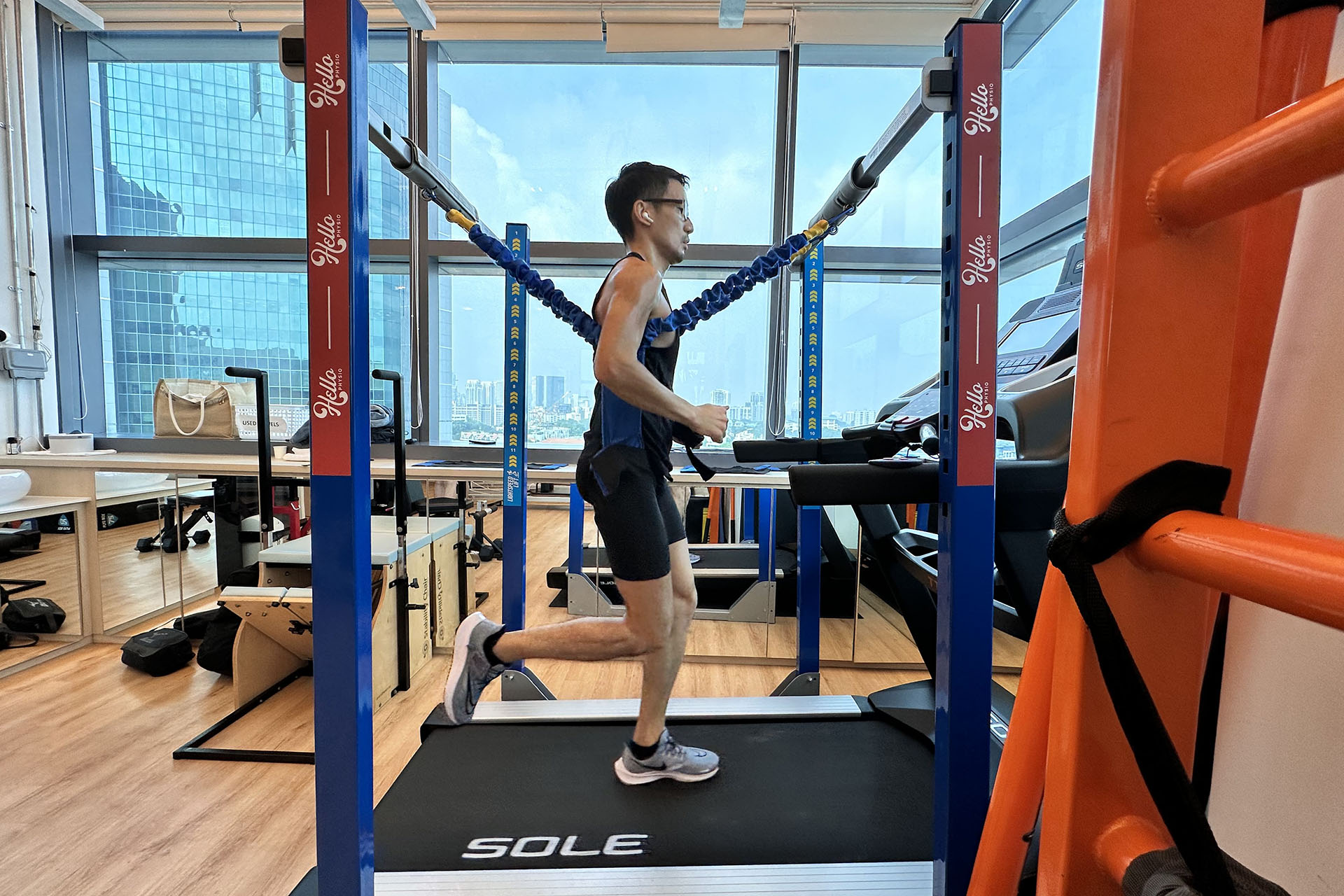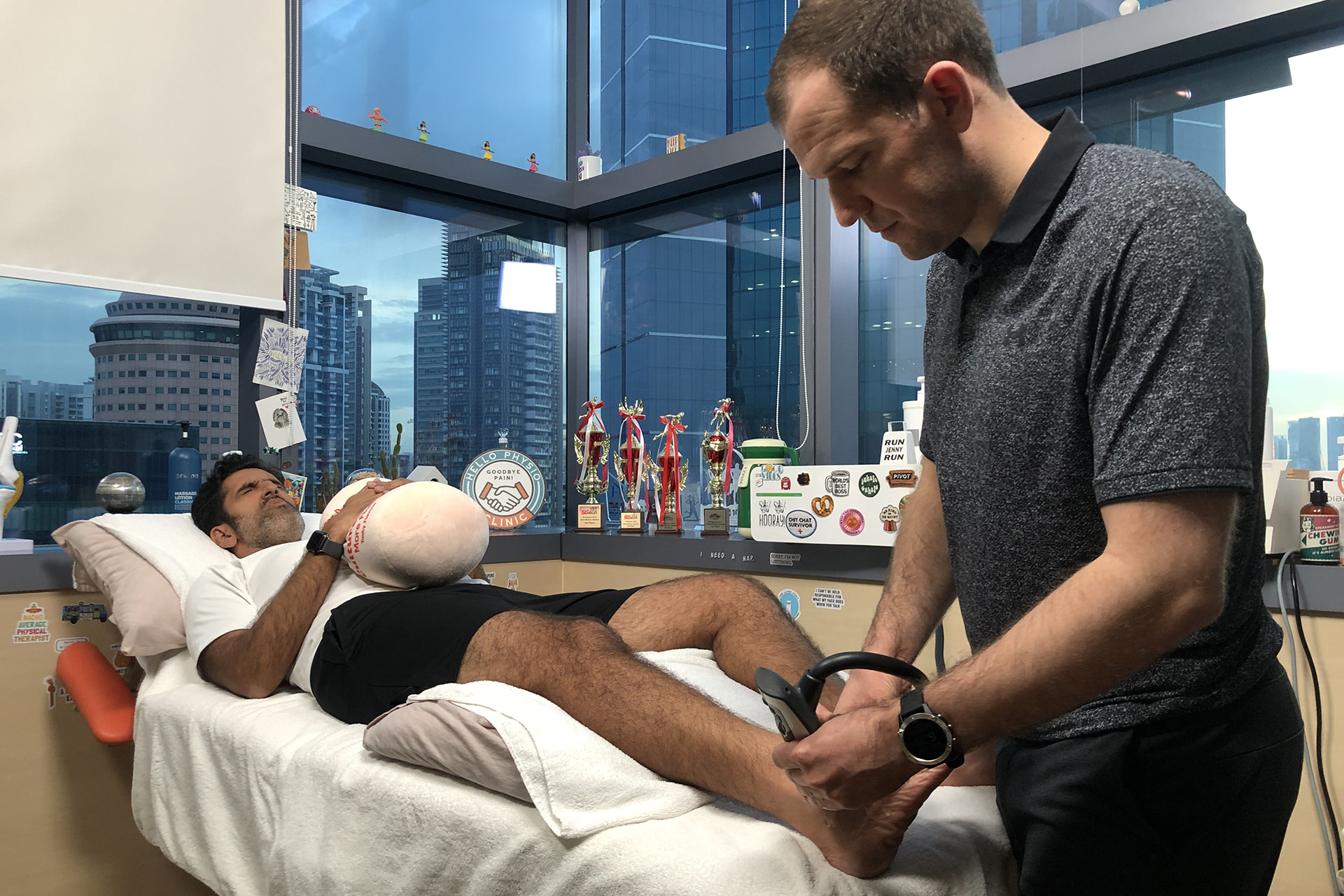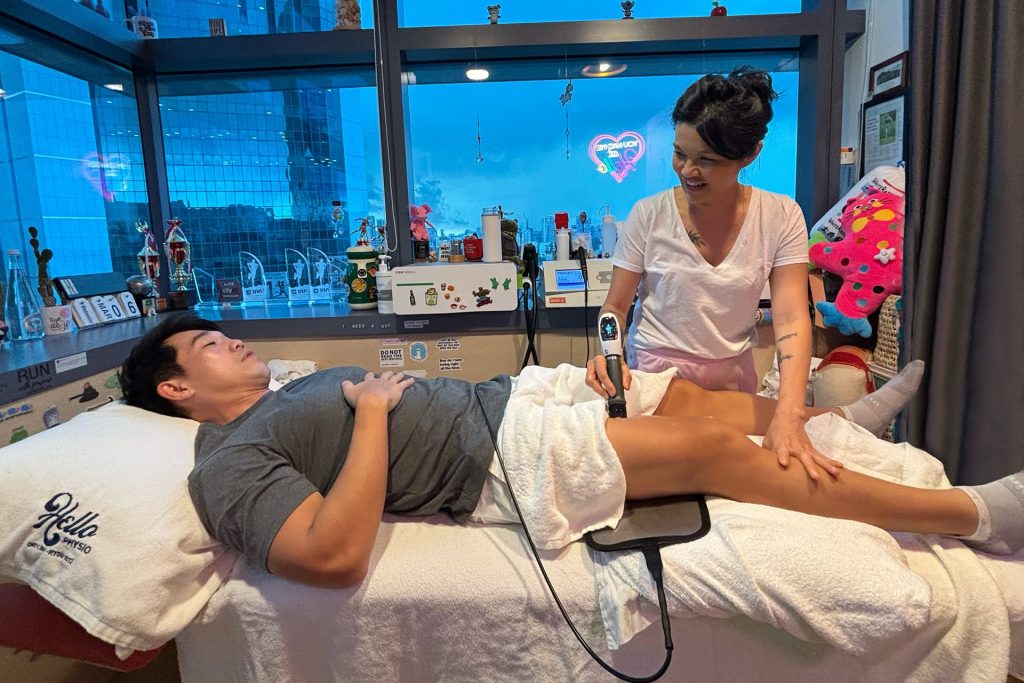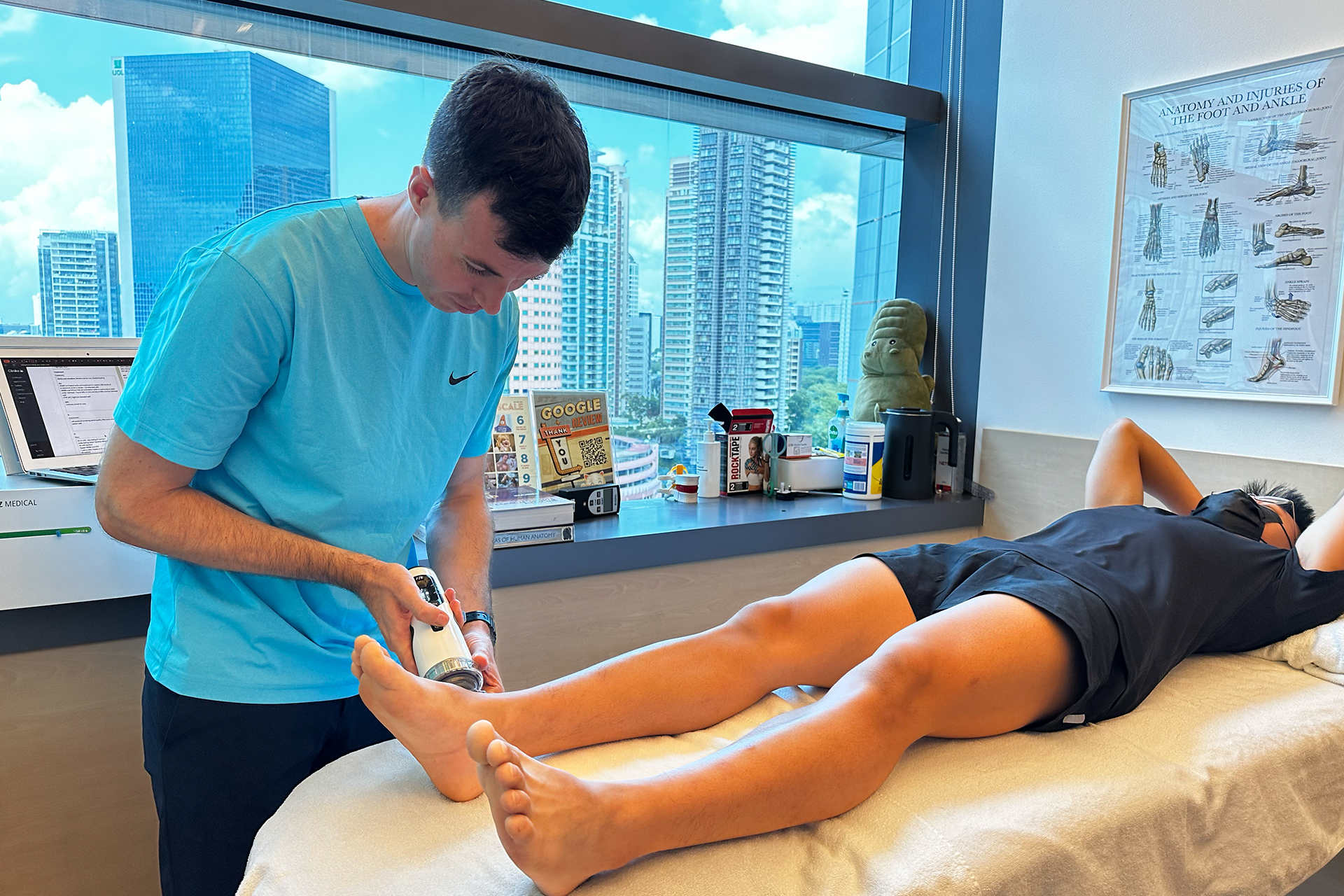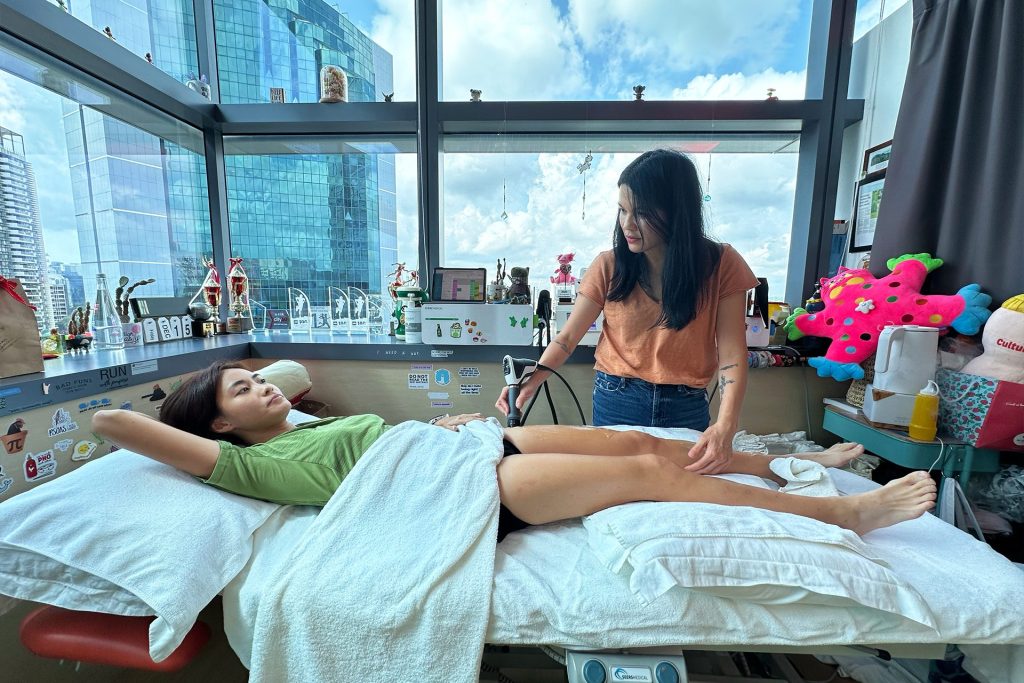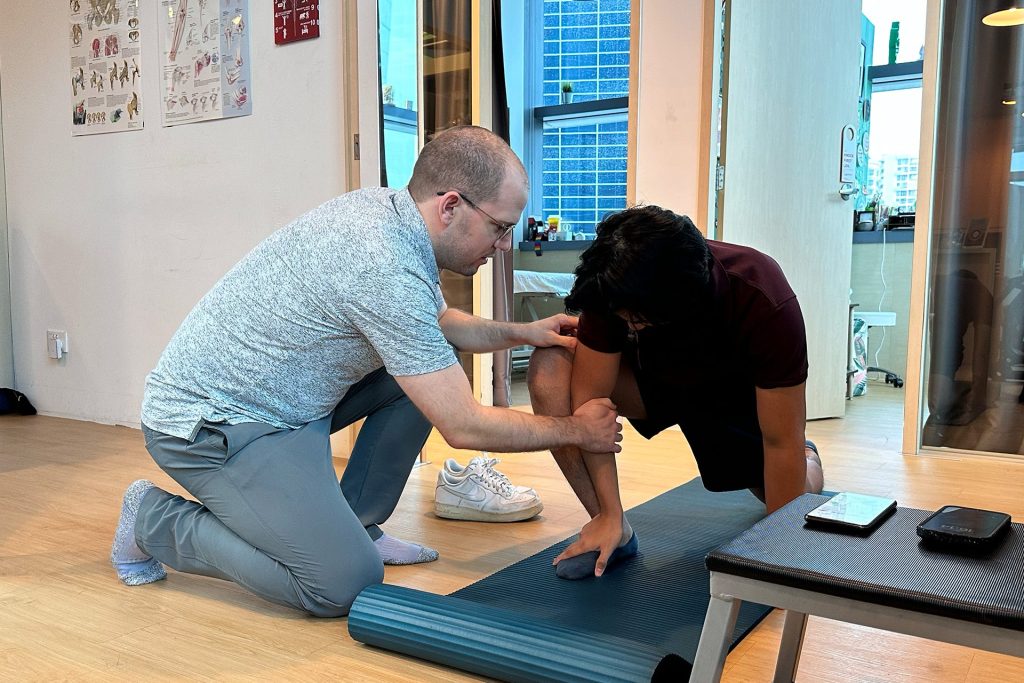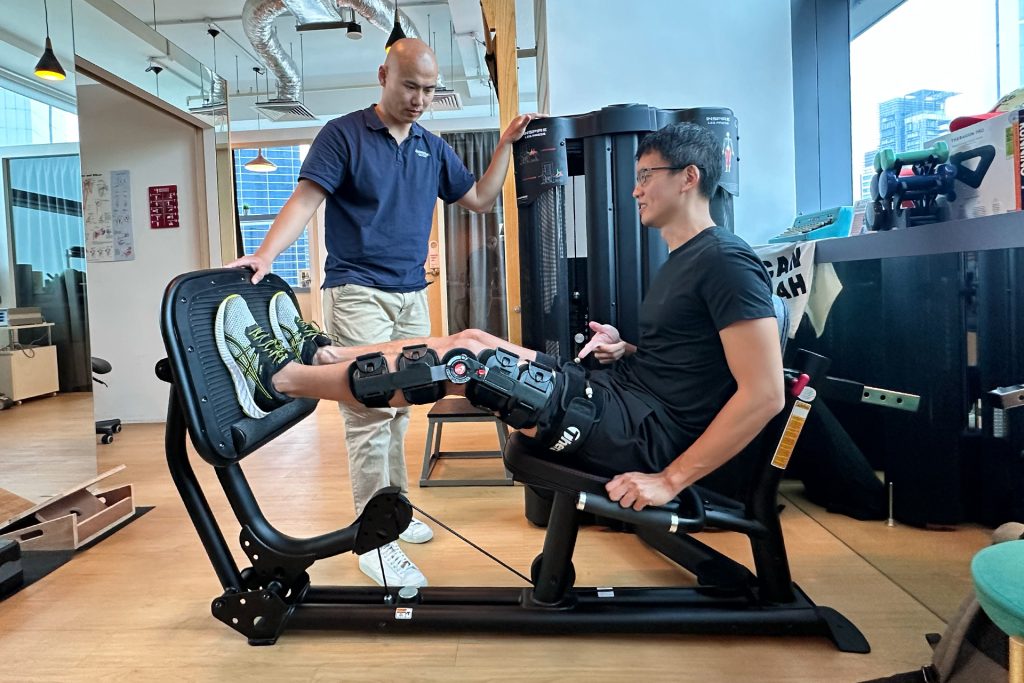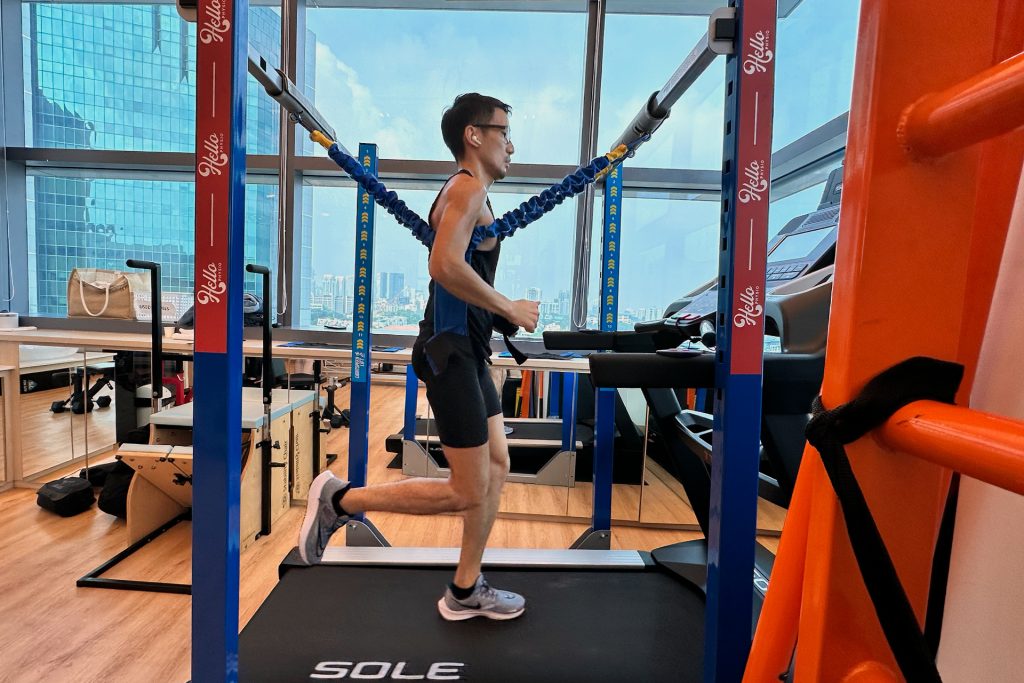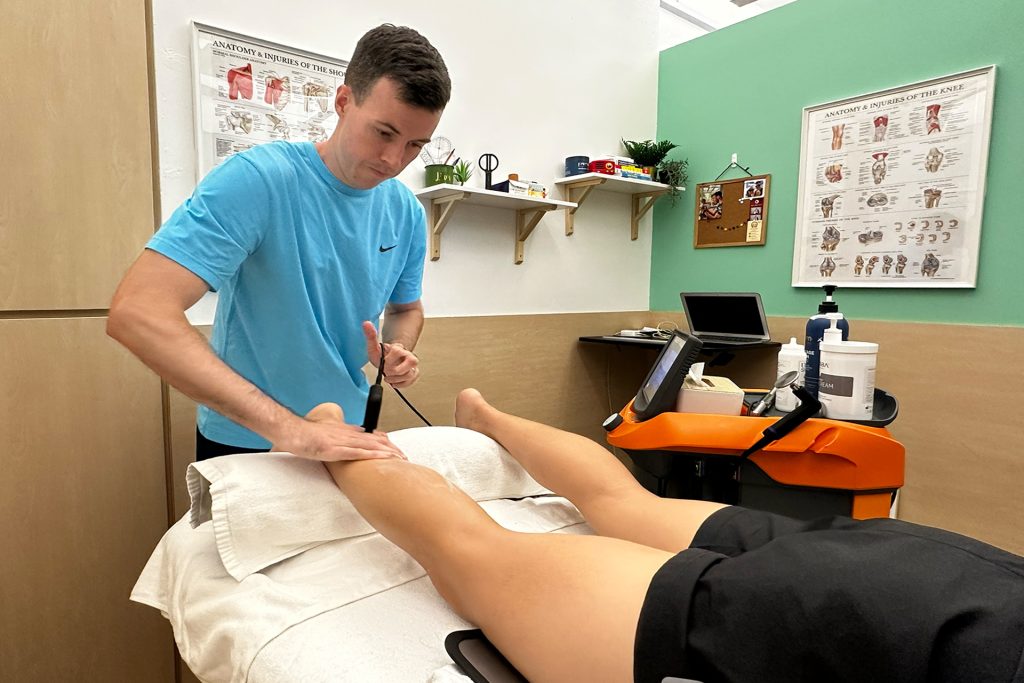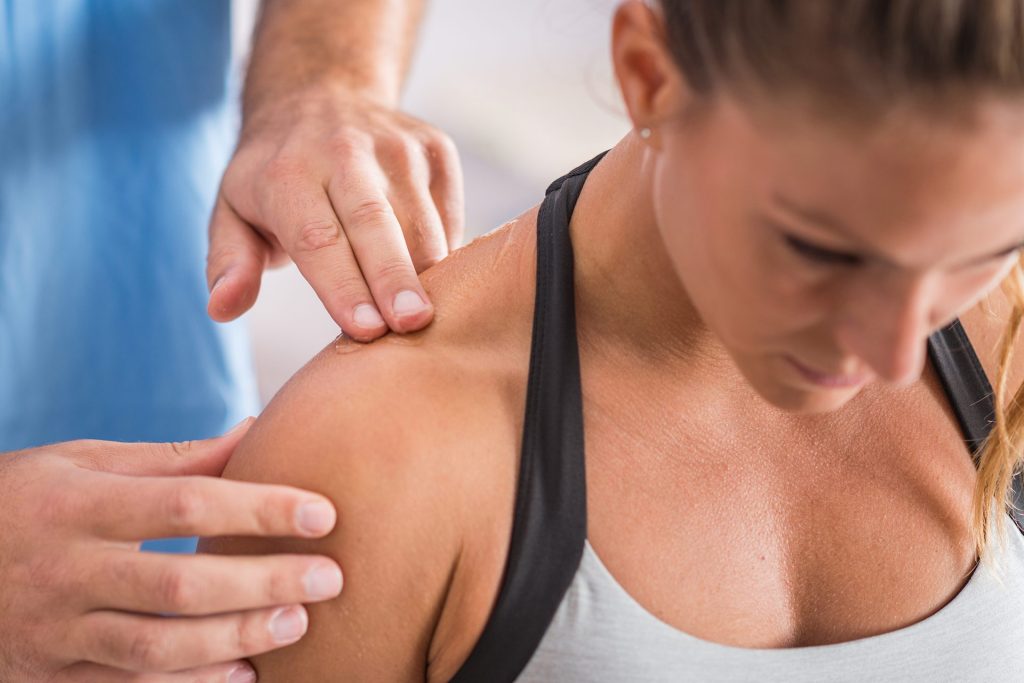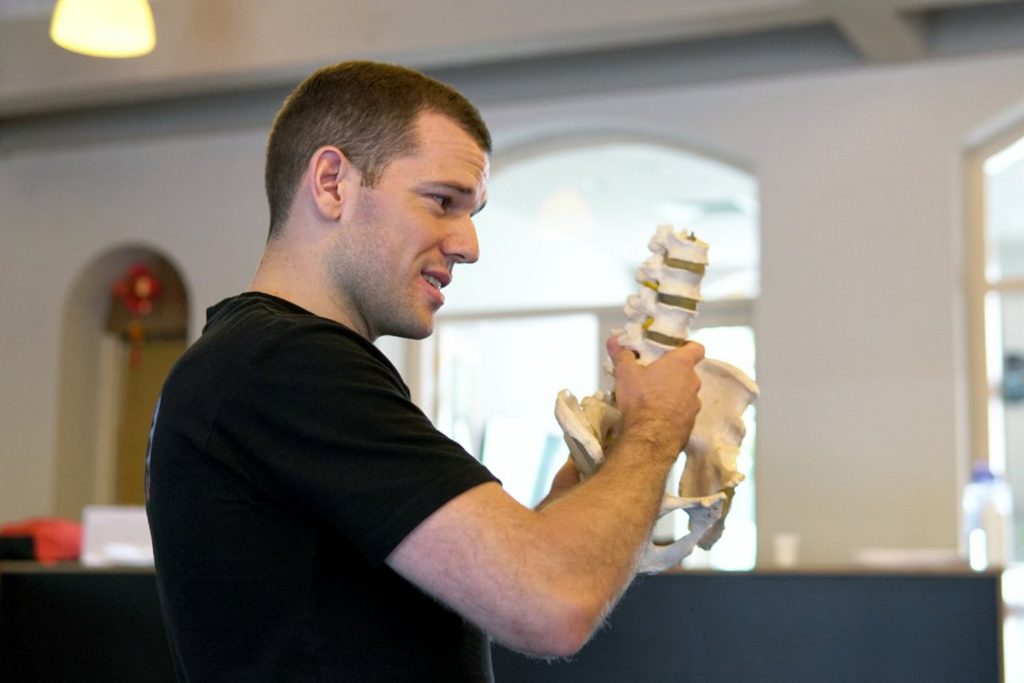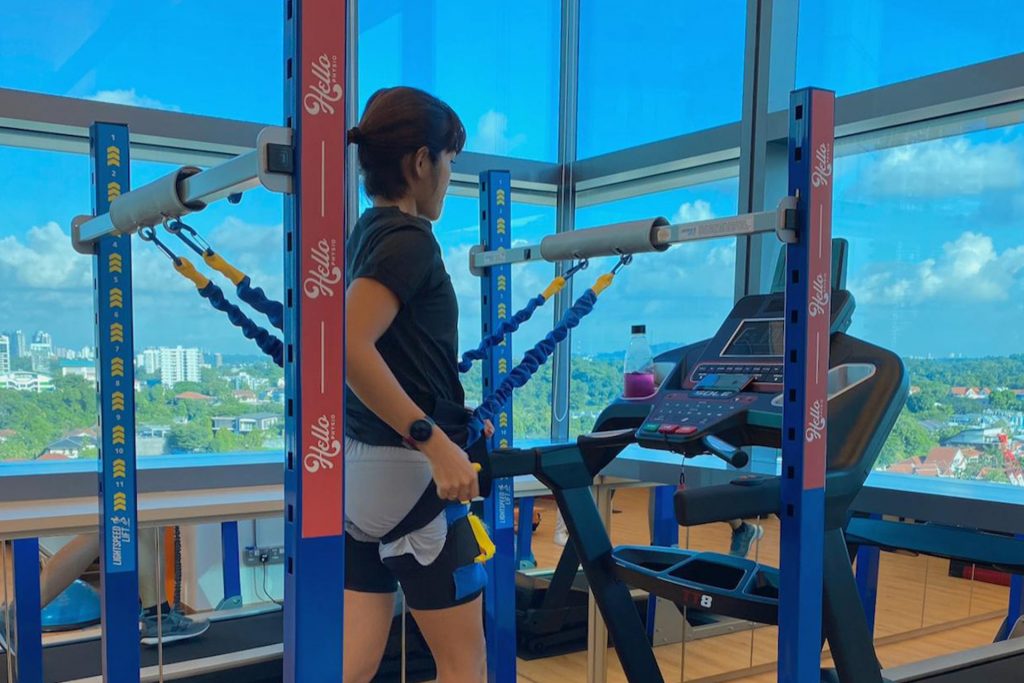|
Getting your Trinity Audio player ready...
|
For many cycling enthusiasts, the freedom of the open road and the rush of wind against their face is a call too strong to resist. But for some, this passion comes with an unwelcome companion: knee pain. Specifically, a condition known as Patellofemoral Pain Syndrome (PFPS) has become the bane of many cyclists, from weekend warriors to seasoned professionals.
It starts as a niggle, just a bit of discomfort after long rides. But soon, it affects every aspect of your cycling and even your daily life.
Patellofemoral Pain Syndrome, often dubbed “cyclist’s knee,” is one of the most common overuse injuries in the cycling community. But what exactly is PFPS, and why does it seem to have a vendetta against cyclists?
PFPS is pain around or behind the kneecap. In cyclists, it’s often due to the repetitive nature of pedaling, biomechanical issues, or training errors.
The Mechanics of the Problem
To understand why cyclists are particularly susceptible to PFPS, we need to look at cycling’s biomechanics. During a typical ride, a cyclist might complete thousands of pedal revolutions. Each of these movements involves the patella (kneecap) gliding over the femur (thighbone).
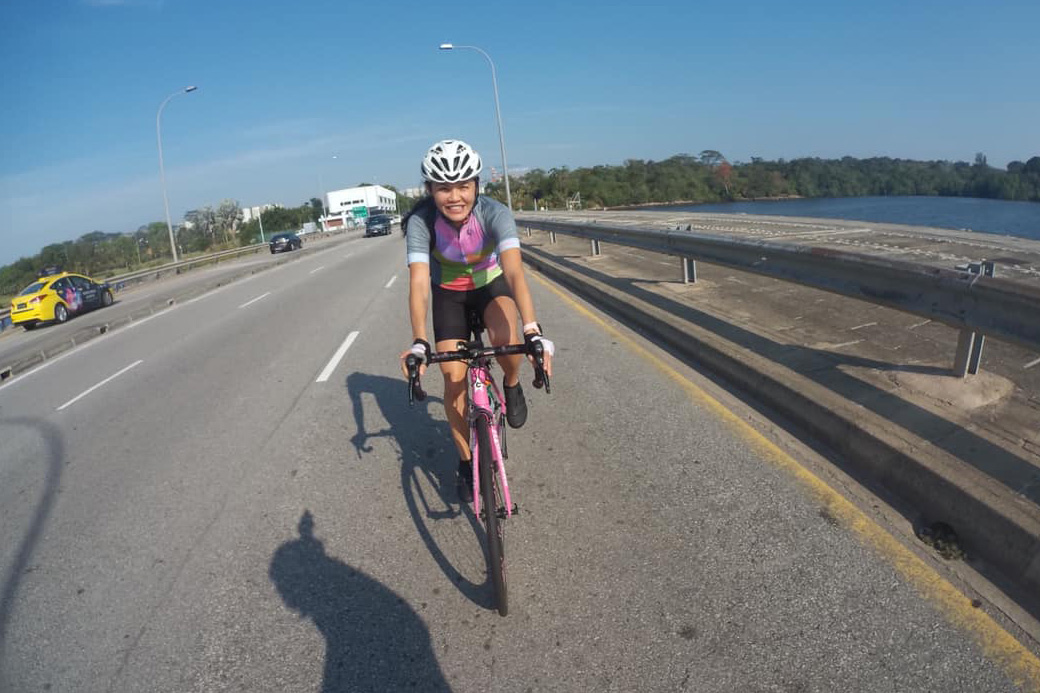
“In an ideal world, this movement would be smooth and pain-free,” notes Jenny Huang, Senior Physiotherapist at HelloPhysio. “But factors like muscle imbalances, poor bike fit, or even the wrong pedaling technique can cause increased stress on the patellofemoral joint.”
This increased stress can irritate the soft tissues around the kneecap, resulting in the characteristic pain of PFPS. This pain often manifests for cyclists during or after rides, particularly on climbs or during high-intensity efforts.
However, it’s not all doom and gloom for cycling enthusiasts battling PFPS. With the right approach, many can return to pain-free riding.
The Road to Recovery
At HelloPhysio, our approach to treating patellofemoral pain syndrome (PFPS) in cyclists begins with a comprehensive assessment. We don’t just focus on the knee; we examine how the entire lower body functions during the cycling motion. This holistic view is crucial for effective treatment.
Our physical therapy program combines manual therapy, targeted strengthening exercises, and proper cycling techniques and bike fit education. We start by addressing pain and inflammation, often using manual therapy to improve joint mobility and reduce muscle tension. However, the cornerstone of our treatment is a progressive exercise program focusing on strengthening the muscles that support the knee, particularly the quadriceps and hip muscles.
We integrate several complementary therapies to enhance recovery and provide a well-rounded treatment plan. INDIBA® Activ, a form of radiofrequency therapy, has shown promising results in reducing pain and promoting tissue healing. For more persistent cases, we may employ Shockwave Therapy, which uses high-energy sound waves to stimulate healing in affected tissues.
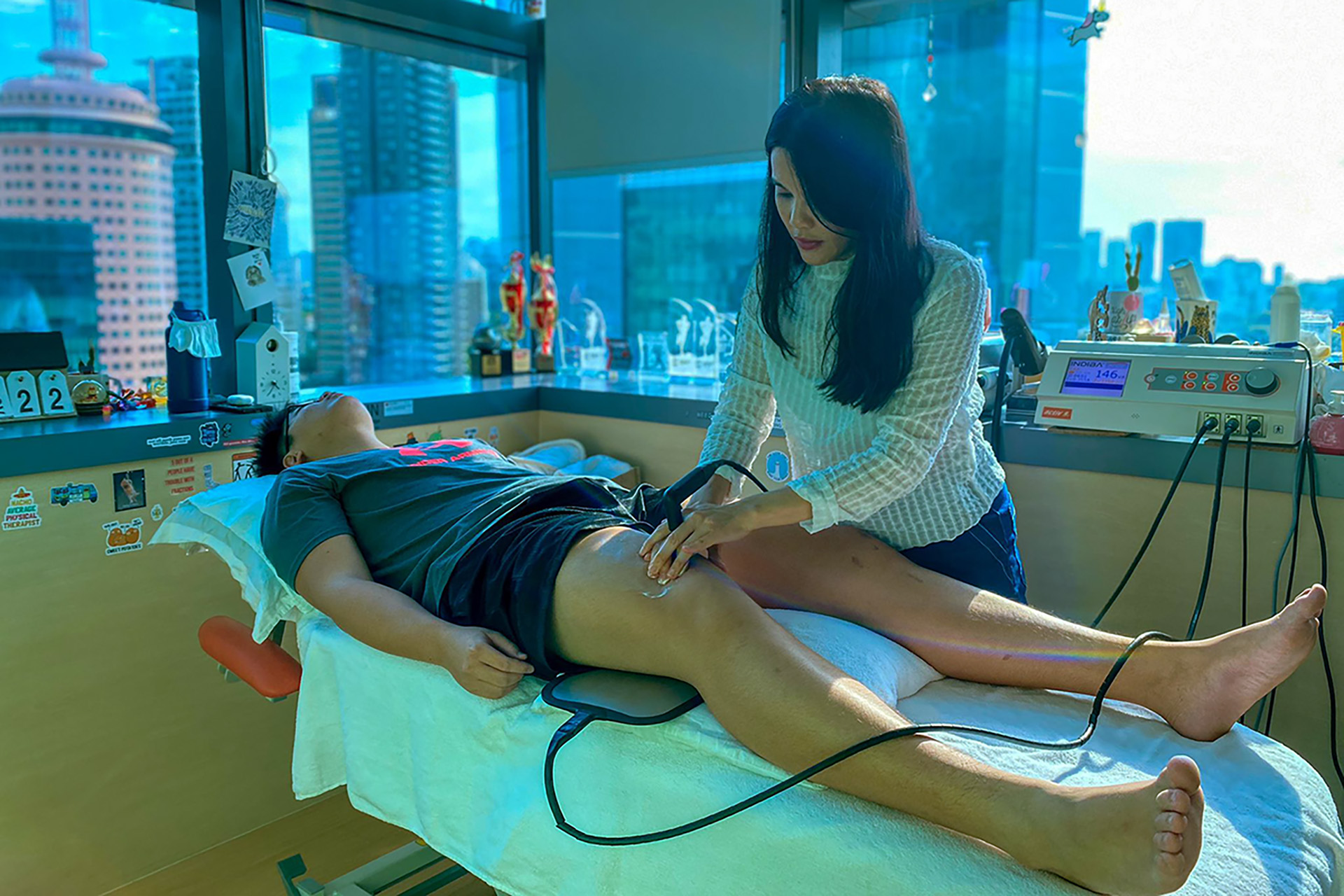
We also incorporate Clinical Pilates and sports massage elements into our treatment programs. Clinical Pilates helps improve core strength and body awareness, which translates to better form on the bike—meanwhile, sports massage aids in improving flexibility and reducing tension in the muscles surrounding the knee.
This multi-faceted approach allows us to address not just the symptoms of PFPS but also the underlying biomechanical issues that may be contributing to the condition. By combining these therapies, we aim to speed up the recovery process and help cyclists return to pain-free riding more quickly and effectively.
In the meantime, cyclists can take several steps to manage their PFPS symptoms while undergoing treatment. It’s advisable to temporarily reduce cycling intensity or duration, allowing the affected area time to heal.
Applying ice after rides can help manage pain and inflammation, relieving irritated tissues. Some cyclists benefit from using a patellar strap or taping technique, as their physiotherapist recommends, to provide additional support during rides. Paying close attention to bike fit is crucial. A professional bike fitting can often address underlying issues contributing to the problem. Finally, cyclists should focus on maintaining a steady, smooth pedaling technique, avoiding sudden increases in intensity that could exacerbate the condition. Combined with professional treatment, these measures can help cyclists navigate their recovery and return to pain-free riding more effectively.
Our goal at HelloPhysio is to provide a comprehensive treatment plan that not only alleviates the immediate pain of PFPS but also equips cyclists with the strength, flexibility, and awareness needed to prevent future injuries. Through this integrated approach, we’ve seen great success in helping cyclists overcome PFPS and return to the sport they love with improved performance and reduced risk of recurrence. After all, as any true cyclist knows, life is better on two wheels.
For cyclists battling PFPS, the message is clear: don’t let knee injuries derail your passion. With expert physiotherapy guidance and a commitment to proper training and bike fit, the open road can be yours to enjoy again. Make an appointment at HelloPhysio today.

